EU VAT Refund - Practical Tips and Explanations

VAT is the main type of indirect tax within the European Union. Its framework is based on the EU VAT Directive and accompanying legislation adopted at the level of the respective EU institutions. The Member States shaped the domestic indirect tax regulatory framework in accordance with the “central” Directive.
Its calculation logic is based on the added value at each level of the supply chain. When a taxable person acquires a taxable product or service from another taxable person, the taxable person can usually deduct the input tax.
When we speak about cross-border B2B supplies, in most cases, the EU-based taxable person(acting as a buyer without a permanent establishment in the seller's country) can reclaim input VAT through the VAT refund procedure defined by the EU regulations.
The essential regulation determining the mandatory requirements under which the buyer can reclaim the paid tax is the Council Directive 2008/9/EC( EU Refund Directive), which explains in detail the groundwork shared through the EU VAT Directive.
In this concise but practical overview, we will shed light on the functionality of the EU refund procedure, the benefits of this program available to a broad base of taxable persons, and some challenges and difficulties that applicants have often encountered.
Eligibility for EU VAT Refund
A taxable person with a place of business in the EU(claimant) can claim a refund for their taxable cross-border operations when they aren’t established in the Member State of the supplier. The Claimant should be registered in the Member State, which he has indicated as the Member State of Establishment. The responsible body of this MS will follow the claim issued by the purchaser and formally lead the refund procedure.
One of the preconditions for being able to submit the refund application is that the claimant shouldn’t have made taxable supplies in the Member State of Refund, except for transactions covered by the reverse charge mechanism.
Additionally, if the Claimant only makes exempt supplies without the right of deduction or is covered by the particular scheme for small businesses in its home Member State, then that Member State will not forward the claim to the refunding Member State.
Similar rules apply to taxable persons established outside the EU. Still, the existence of reciprocity between the Member State of the Refund and the home state of the purchaser is also of crucial importance.
EU VAT Refund - Main Parties
The EU VAT refund procedure involves three main parties:
the Claimant,
the Member State of Establishment (MSE), and
the Member State of Refund (MSR).
The MSE is the country where the Claimant is established and registered for VAT purposes. The MSR is the country where the VAT was paid, and the refund is being claimed.
Flow of the Refund Procedure
The VAT refund procedure begins with the Claimants submitting an electronic application to the tax authorities in the MSE. The application should be submitted through the electronic portal provided by the MSE and include details of the VAT incurred, along with supporting invoices and documentation. The application period typically covers the previous calendar year and must be submitted by September 30 of the following year.
Once the application is submitted, the MSE verifies that it is complete and forwards it to the MSR. The MSR then reviews the application and may request additional information or clarification from the Claimant before making its final decision.
After reviewing the application, the MSR decides whether to approve or reject the refund claim. If the claim is approved, the MSR will refund the input tax to the indicated account within ten days. In the event of a rejection, the MSR provides the Claimant with a detailed explanation and any potential remedies or appeals that may be available.
Decision Timeline
The decision timeline for a VAT refund application can vary depending on the MSR and the complexity of the application. Generally, the MSR decides within four months of receiving the application. However, the MSR may take longer to process the application, especially if some discrepancies or issues need further investigation.
If additional information is requested, the decision period can be extended to eight months. In this case, an MSR has four months to review the claim and request more information from the Claimant. The Claimant has one month to respond to the MSR's request and provide explanations or additional documents. Once this procedure is completed, the MSR will proceed with the decision-making.
Conclusion
Navigating the EU VAT refund procedure can be complex and time-consuming, but understanding the key steps and requirements can help businesses streamline the process and ensure they receive their business expenses when they are entitled.
By familiarizing themselves with the eligibility criteria, the roles of the MSE and MSR, and the application process, businesses can effectively manage their VAT obligations and optimize their tax operations.

Featured Insights
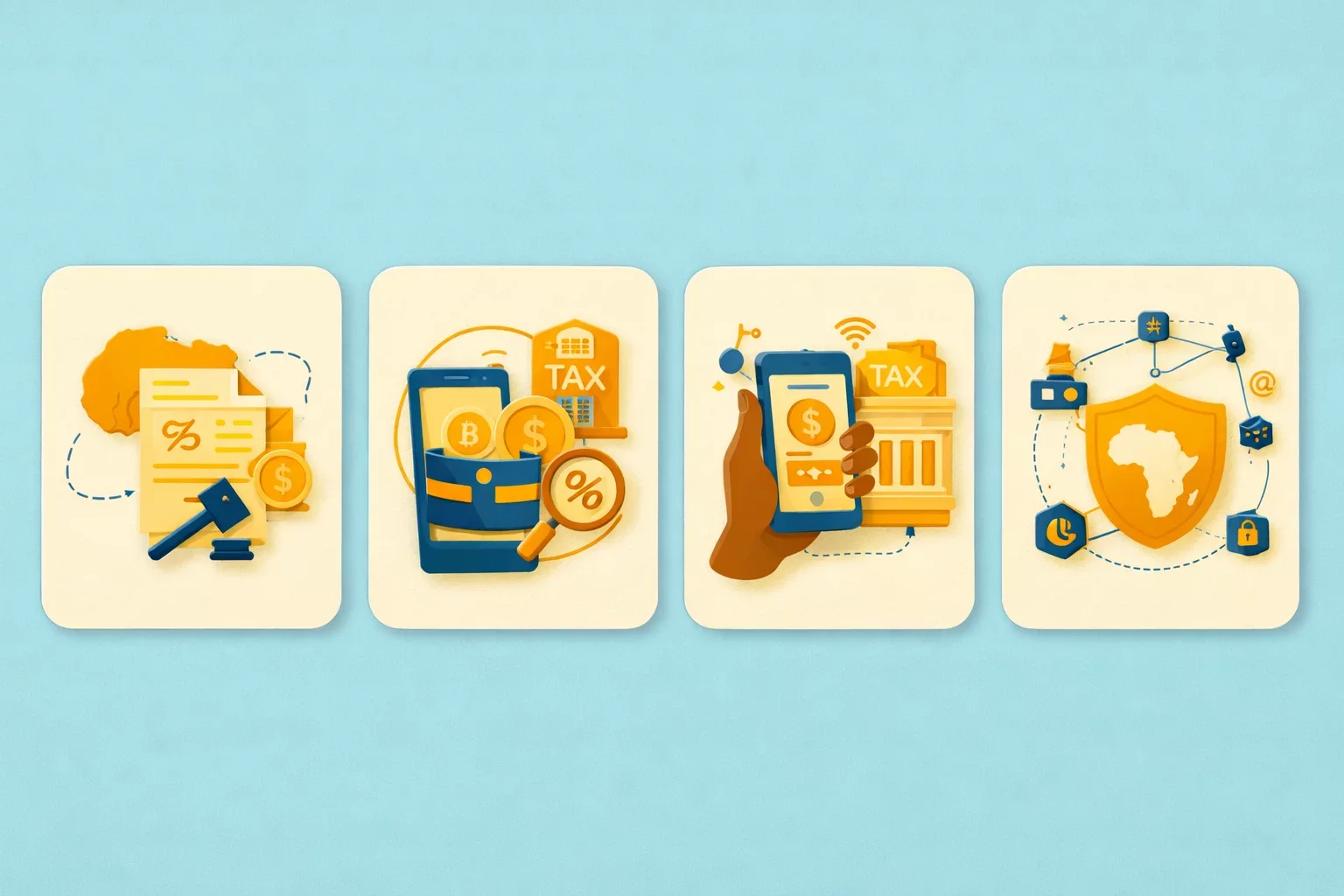
The African Tax Response to Fintech and Web3
🕝 January 5, 2026More News from Europe
Get real-time updates and developments from around the world, keeping you informed and prepared.
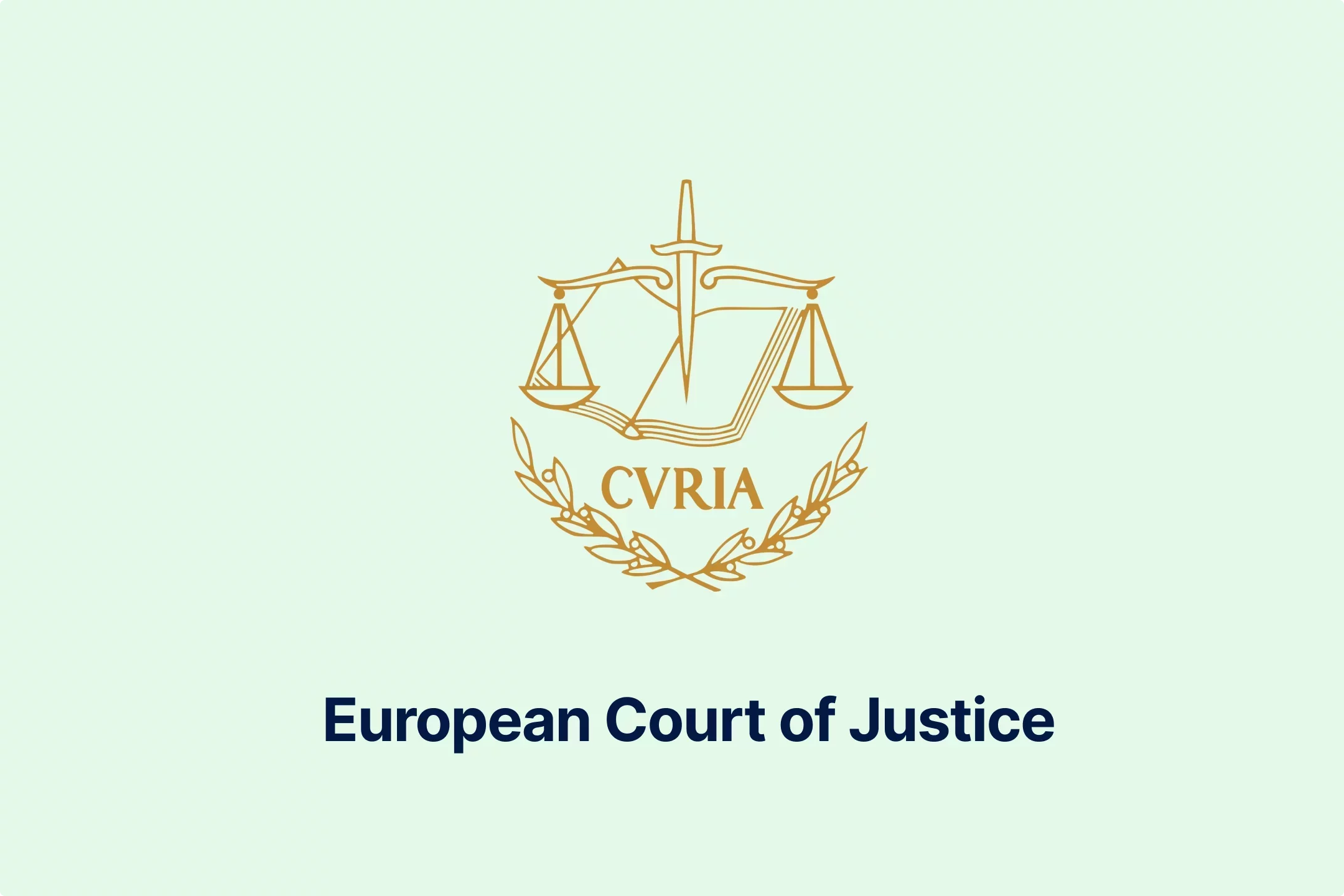
EU Law Primacy in VAT: ECJ Rules on Hungarian National Practice
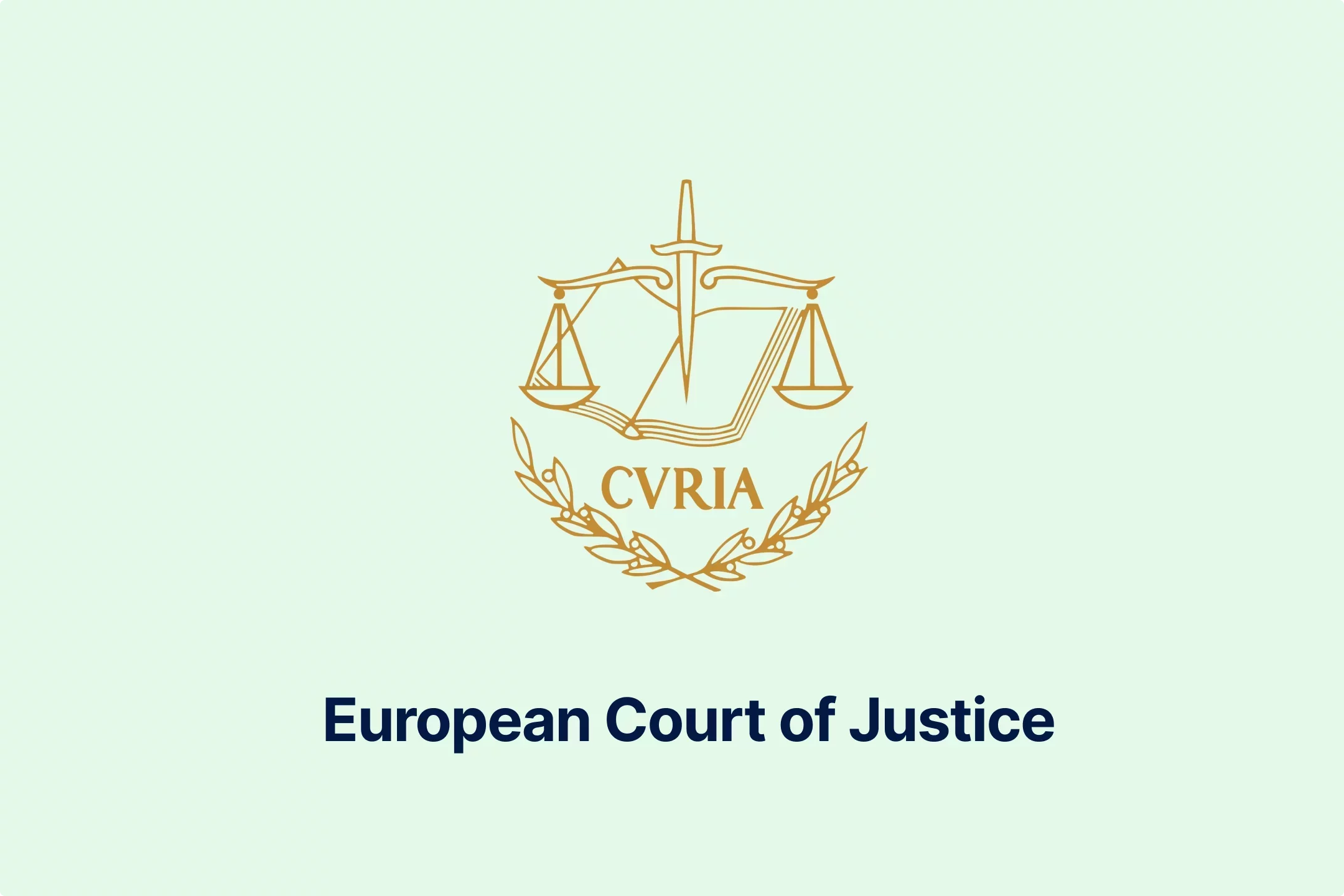
Appstore VAT Ruling: Who owns your In-App Purchase tax? C-101/24
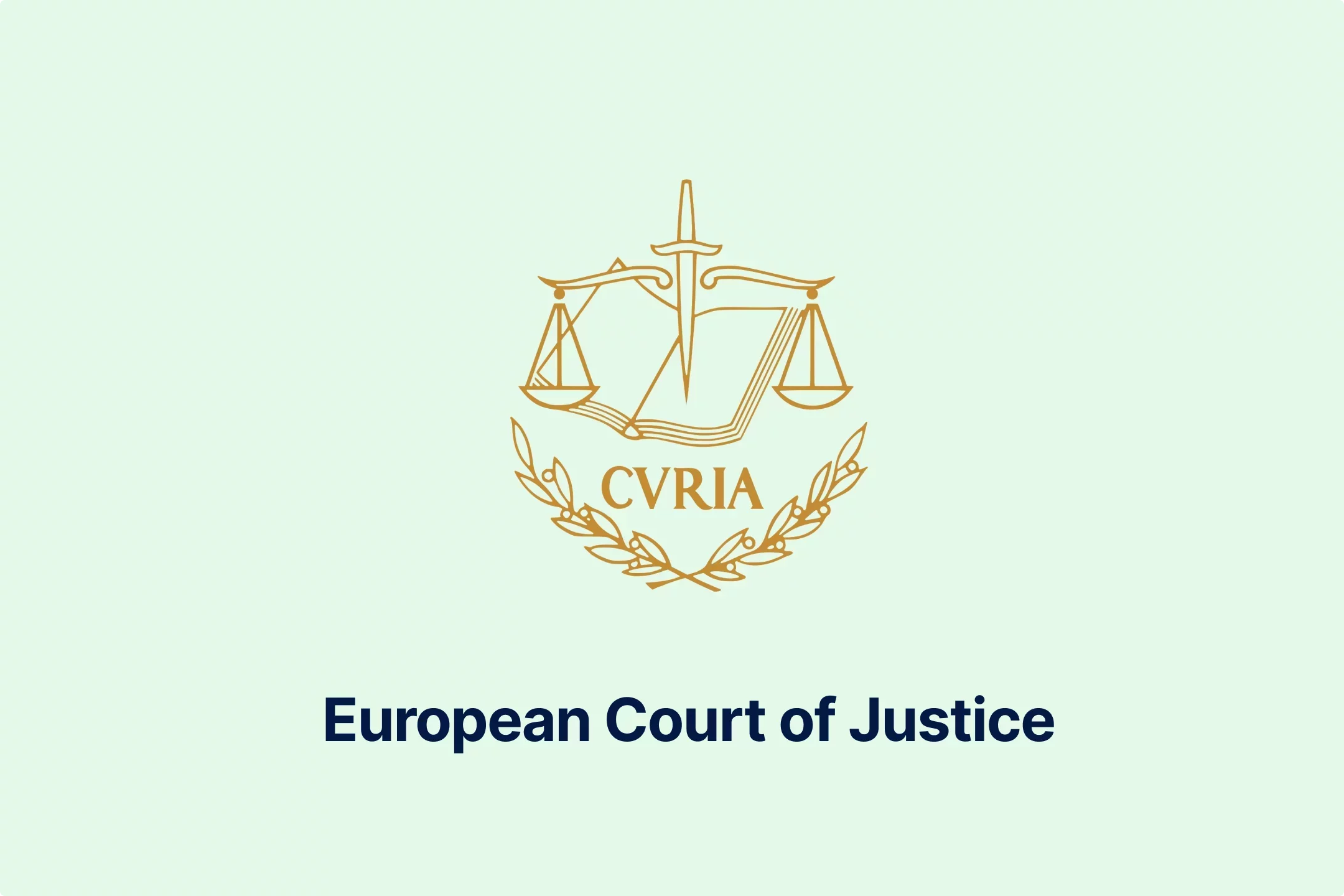
VAT Treatment of EU-Funded Projects for Non-Profit Associations

Right to Deduct VAT on Fixed Asset Reconstruction: Court Ruling
-7xsxxoypnx.webp)
Italy’s EUR 1 Billion VAT Dispute with Meta, X, and LinkedIn Explained
-l0zcrrzvhb.webp)
EU 5% Digital Service Tax Could Generate EUR 37.5 Billion: CEPS Study

Restrictions on VAT Deduction: Key Legal Cases & Compliance Insights
-qsozqjwle2.webp)
EU Parliament Approves ViDA: VAT Reforms & Digital Tax Compliance
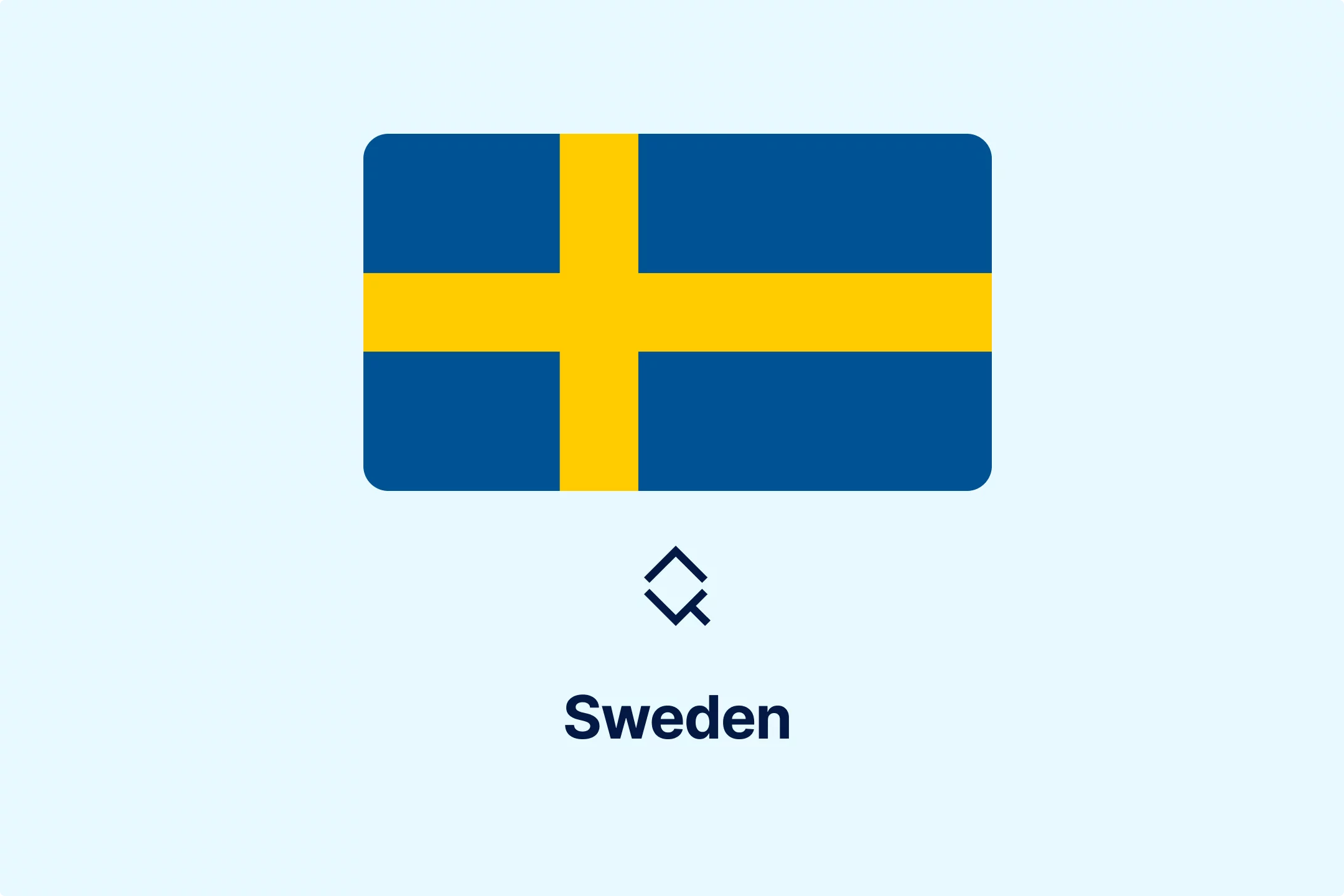
-e9lcpxl5nq.webp)

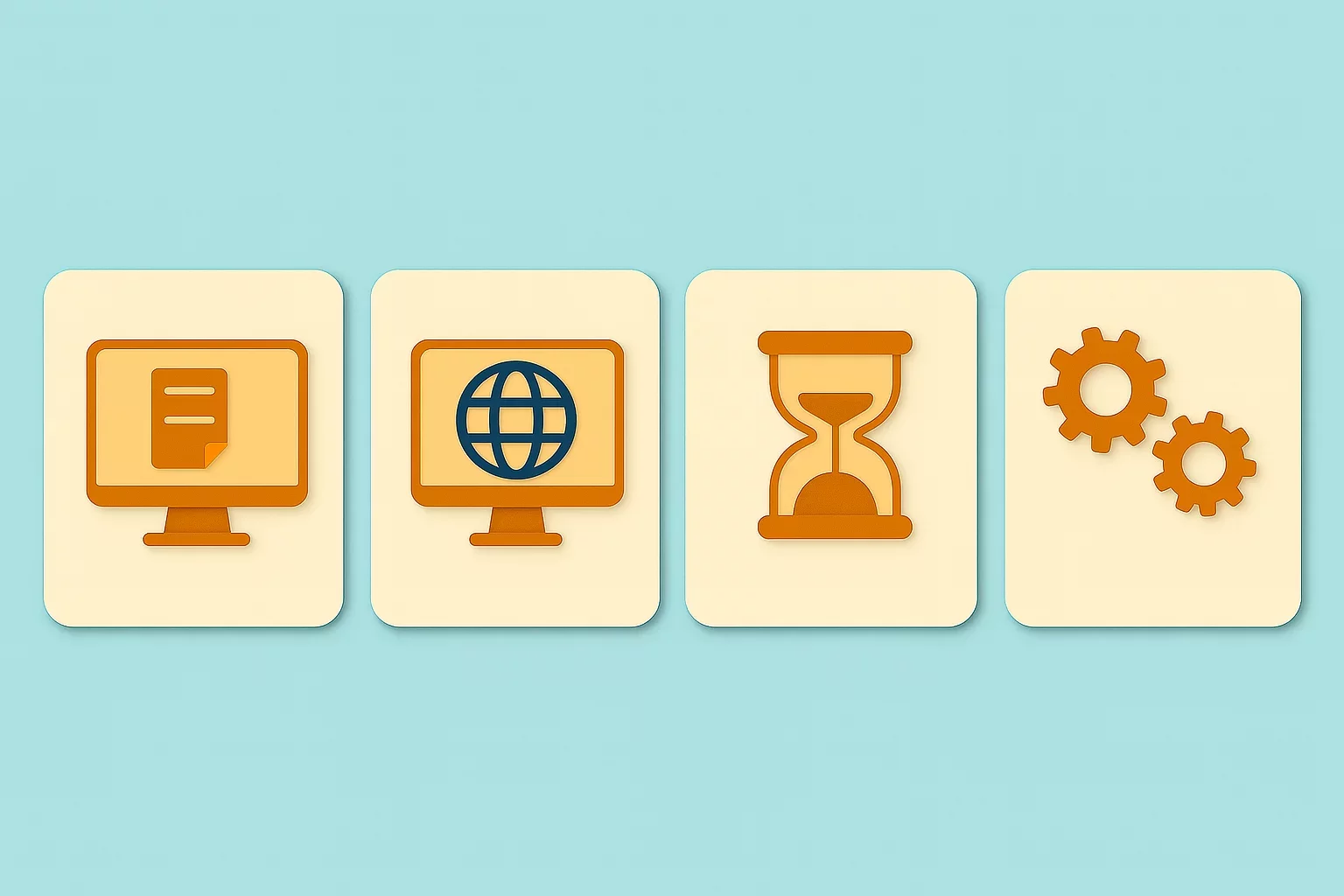
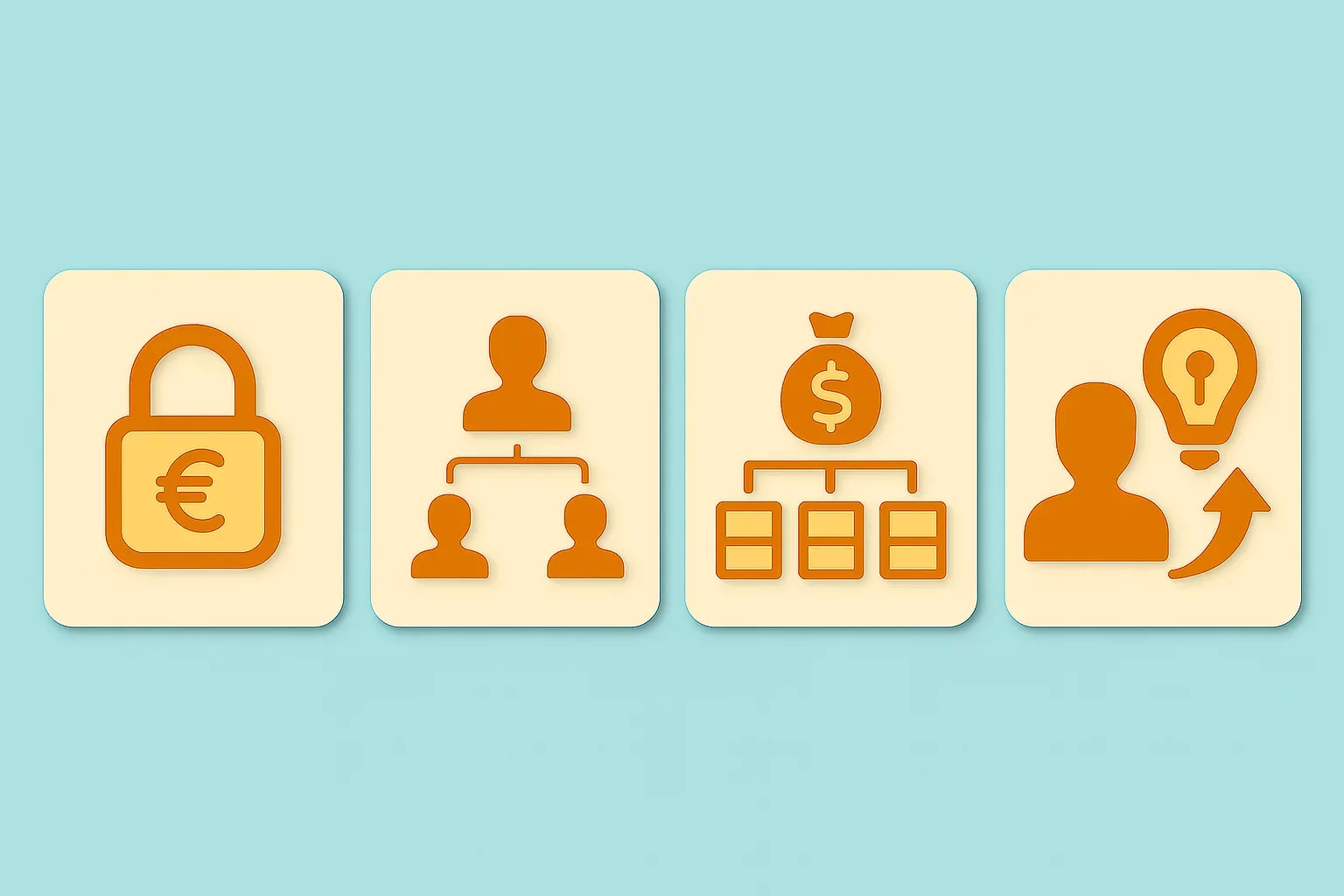
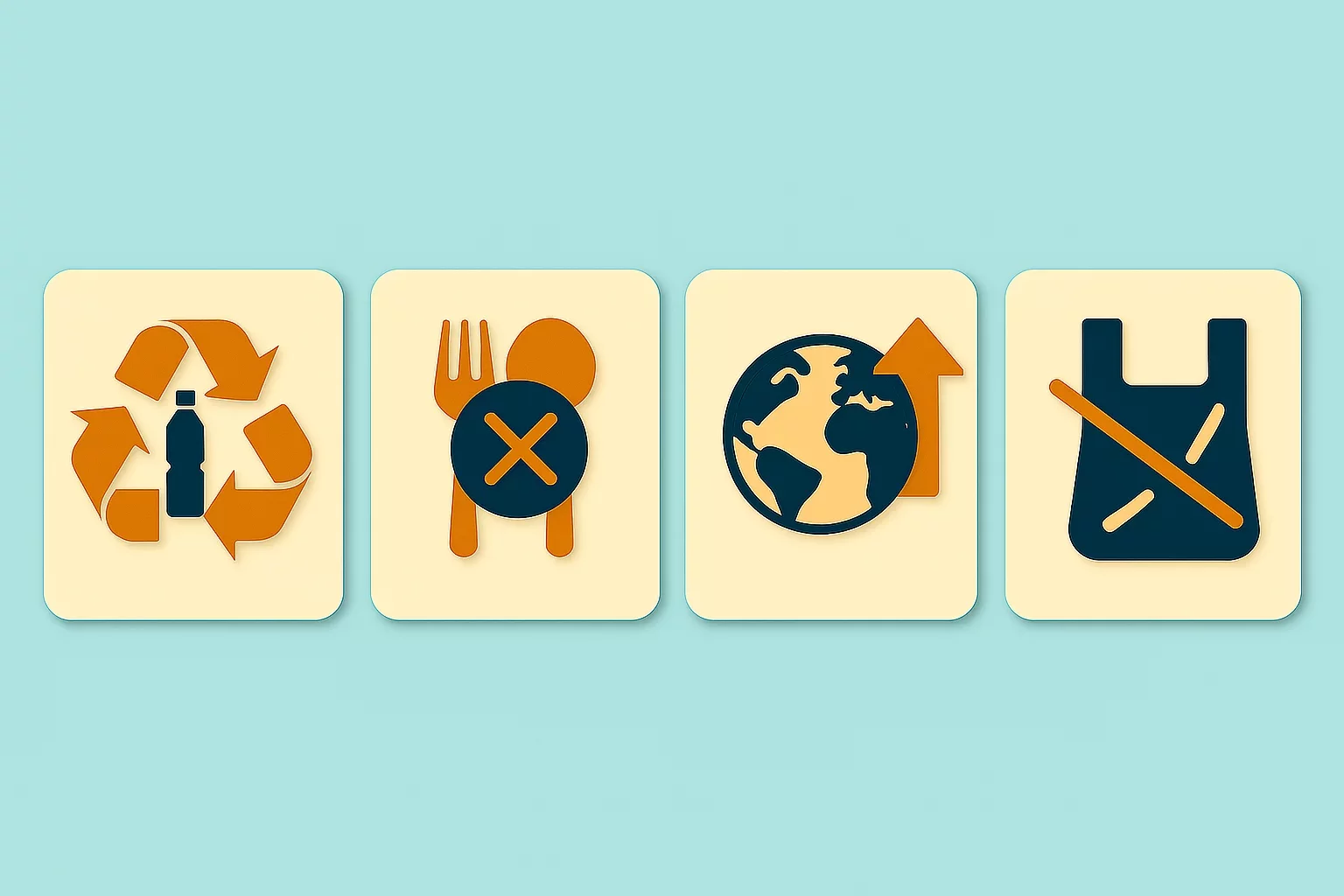
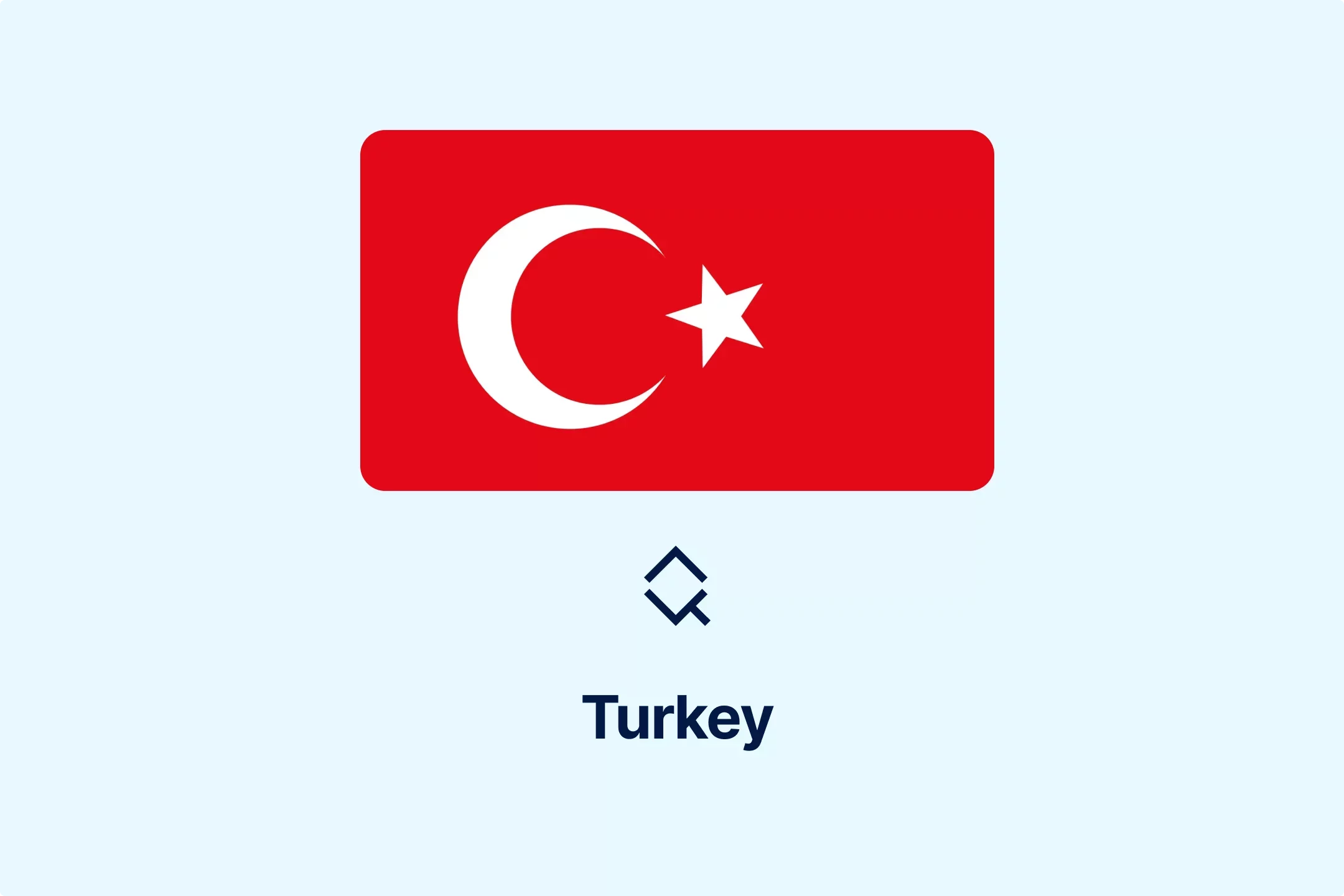


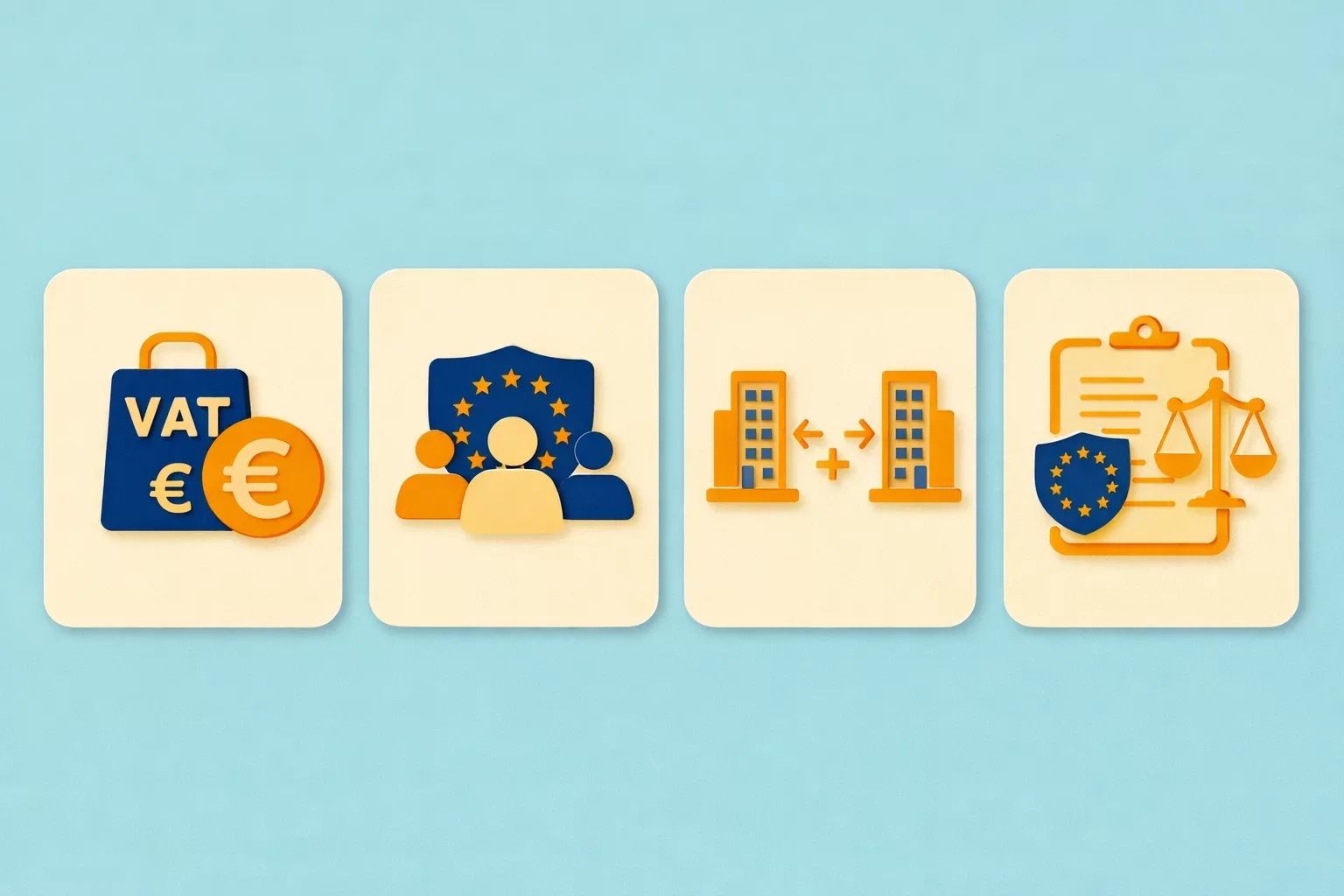

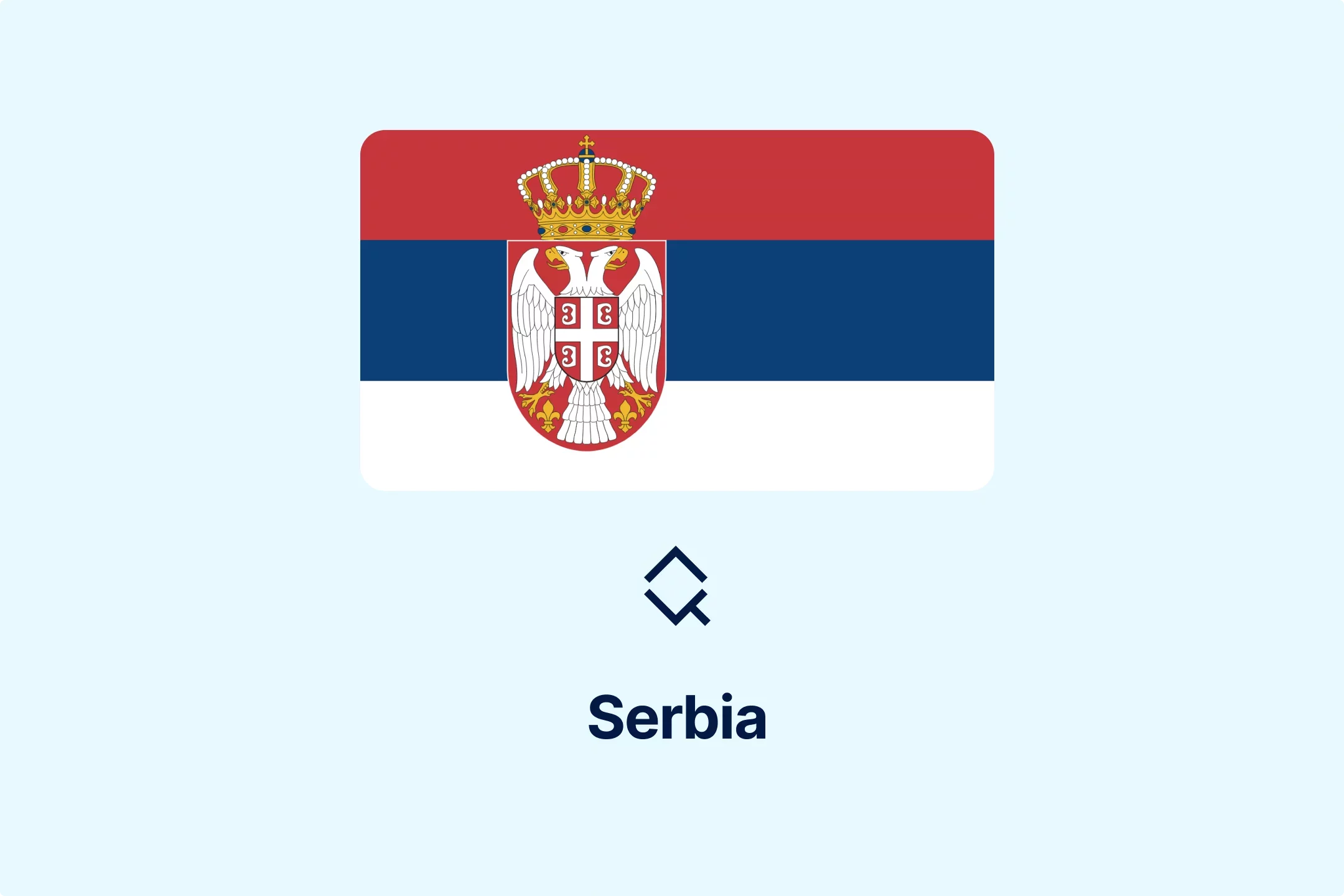
-webajrr4ny.webp)
-evibmwdwcn.webp)
-7acdre0hop.webp)
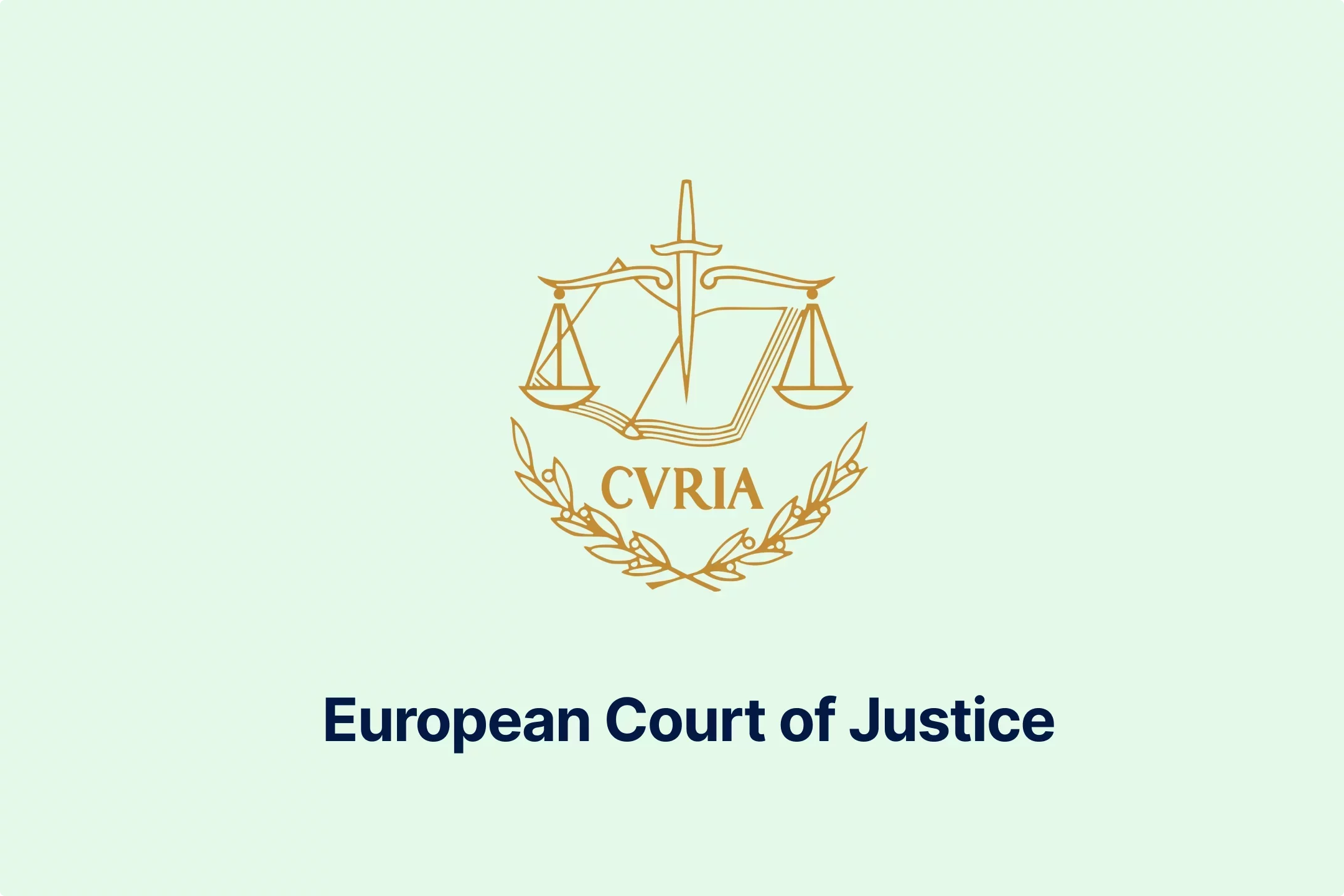
-lcgcyghaer.webp)
-ol6mdkdowg.webp)
-aqdwtmzhkd.webp)

-njgdvdxe2u.webp)
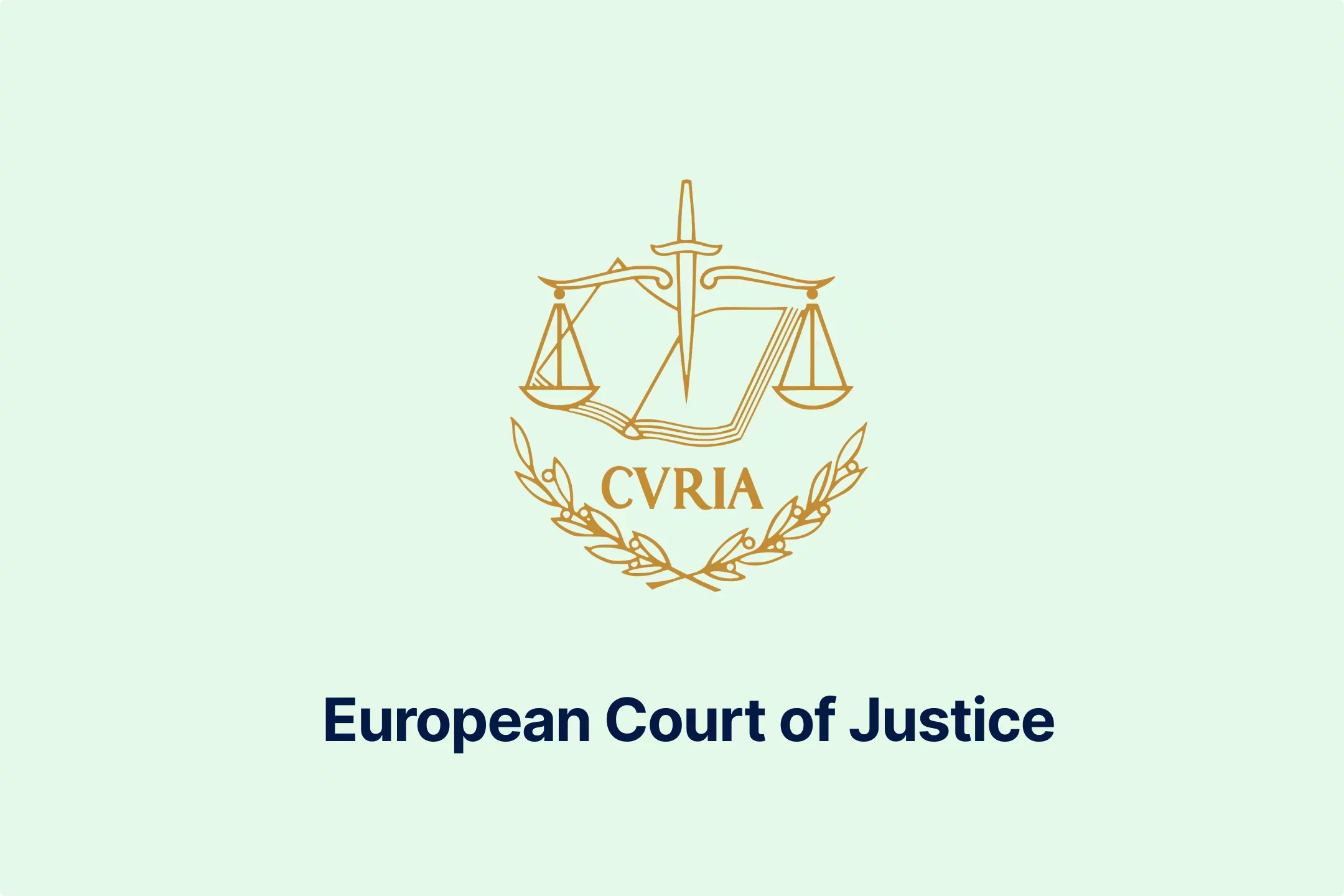
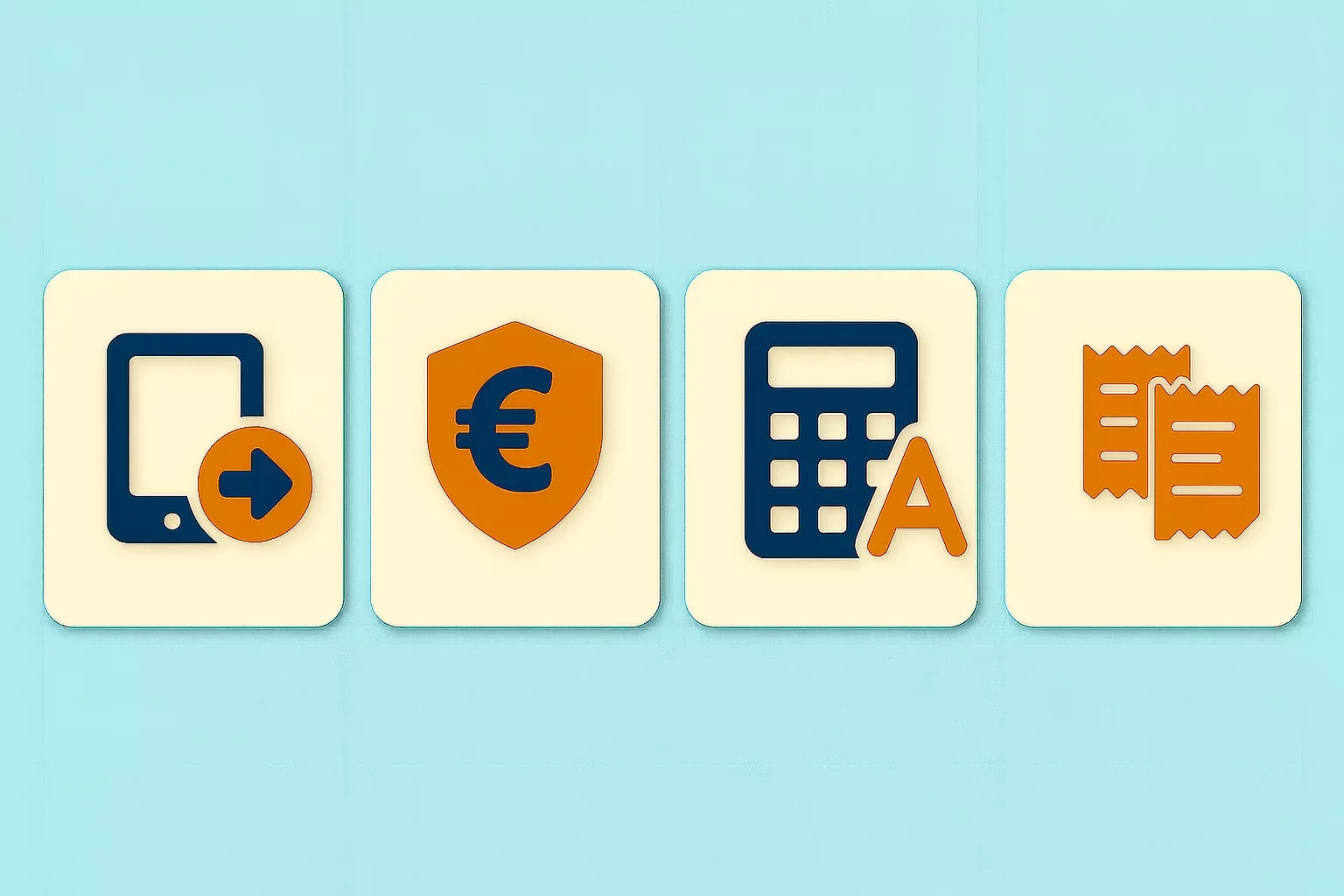
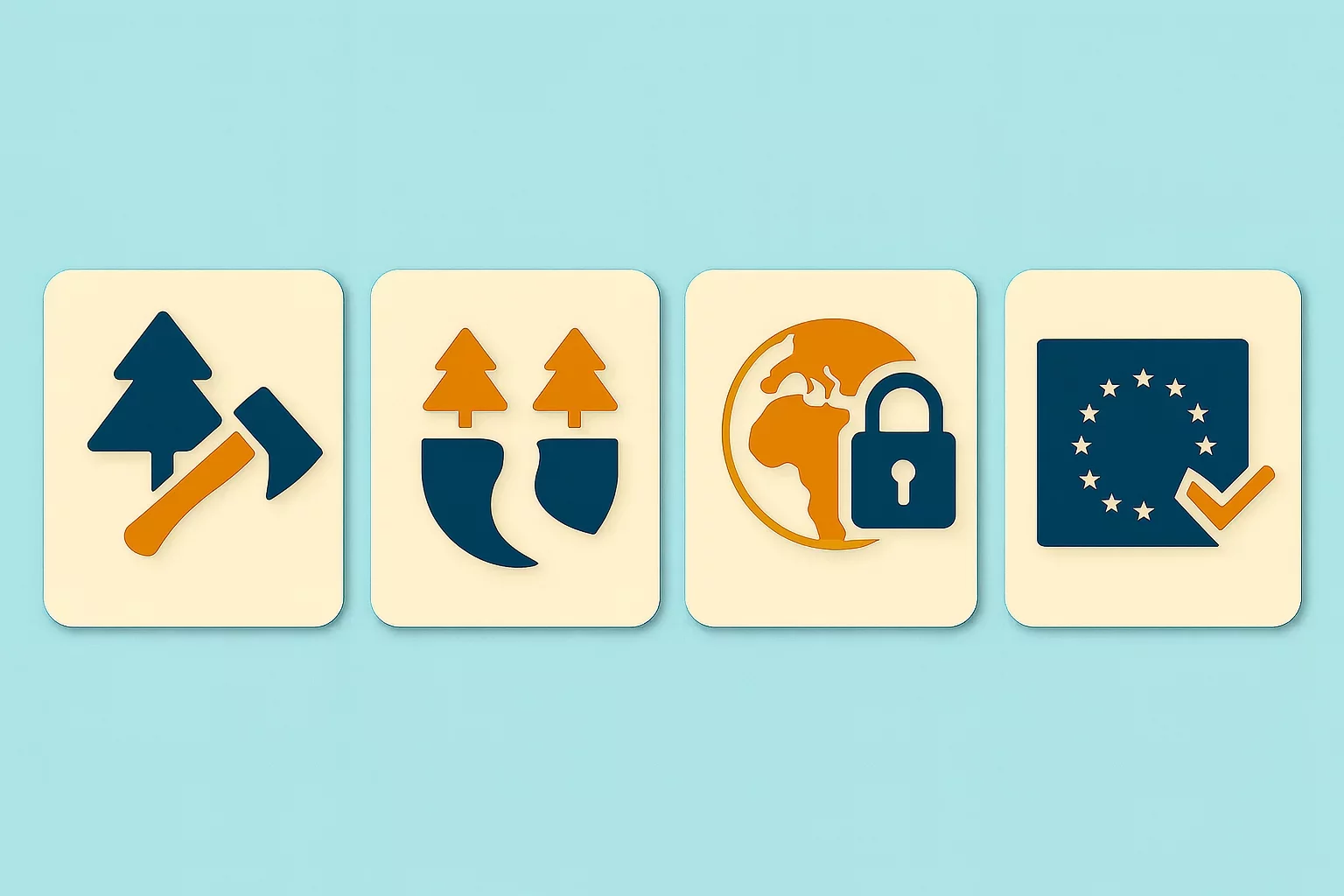
-i6rki3jbad.webp)
-hdwgtama05.webp)
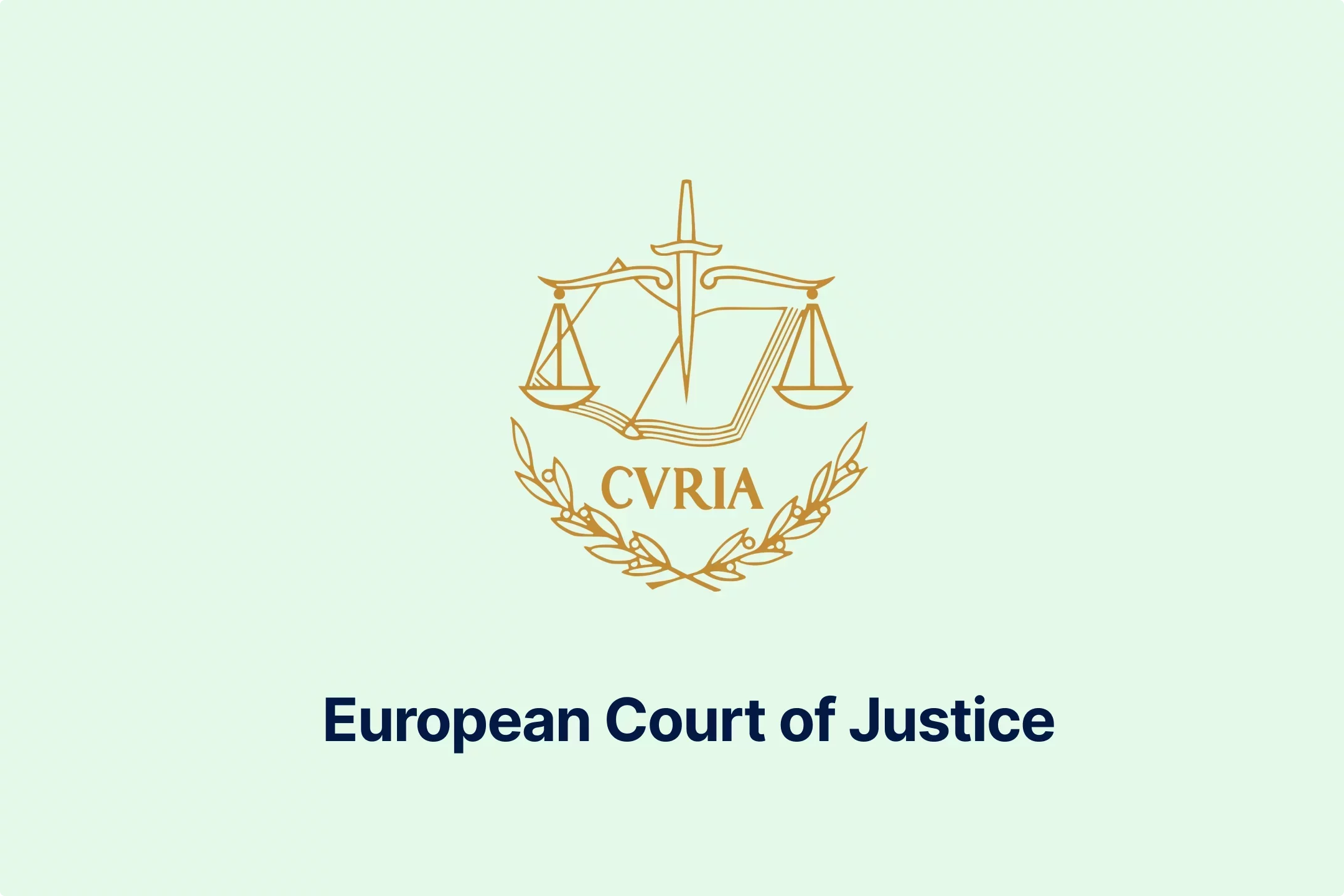
-atbhy5fyxv.webp)
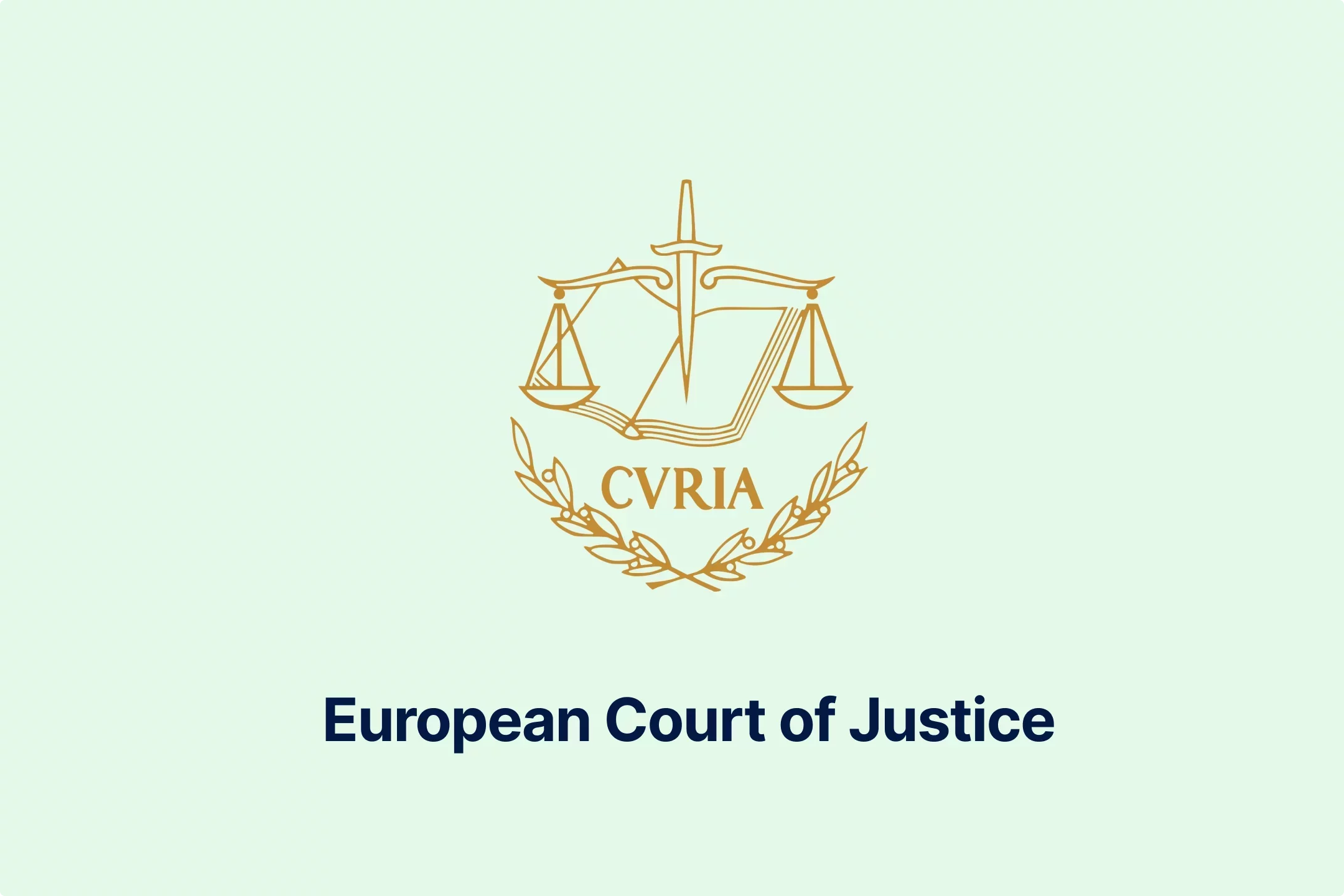
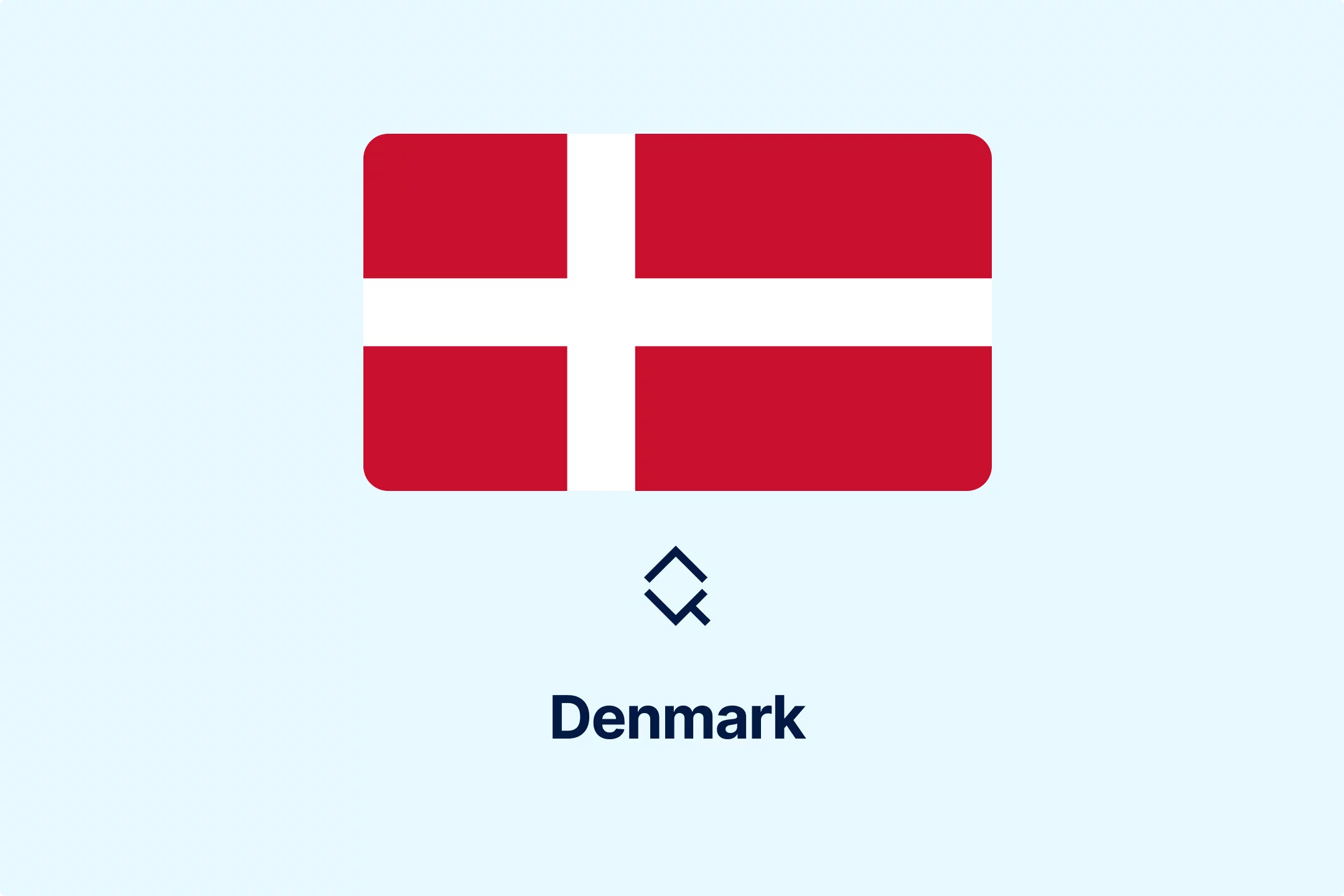

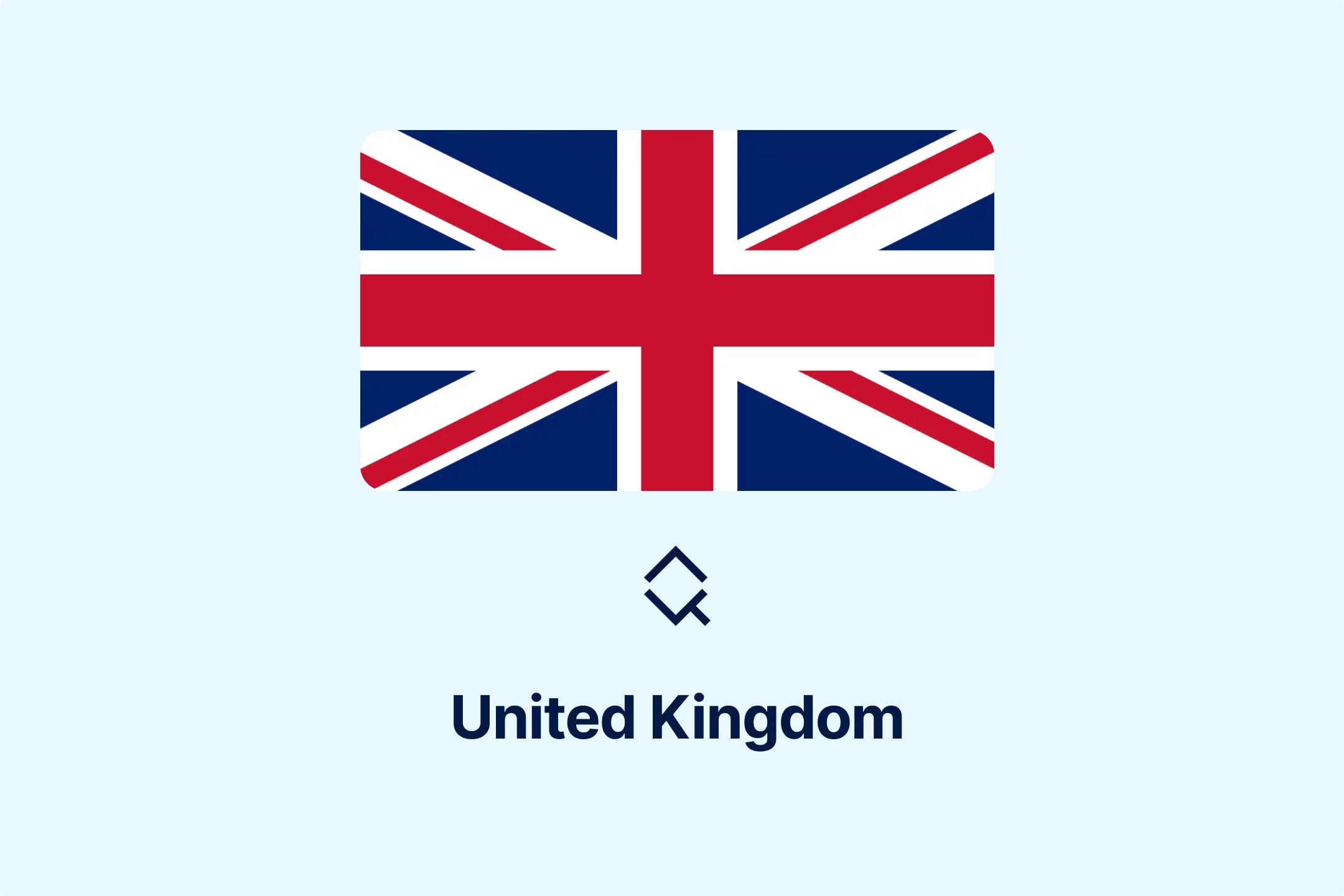
-zp2n6zixoa.webp)
-oa1ynbm4sn.webp)
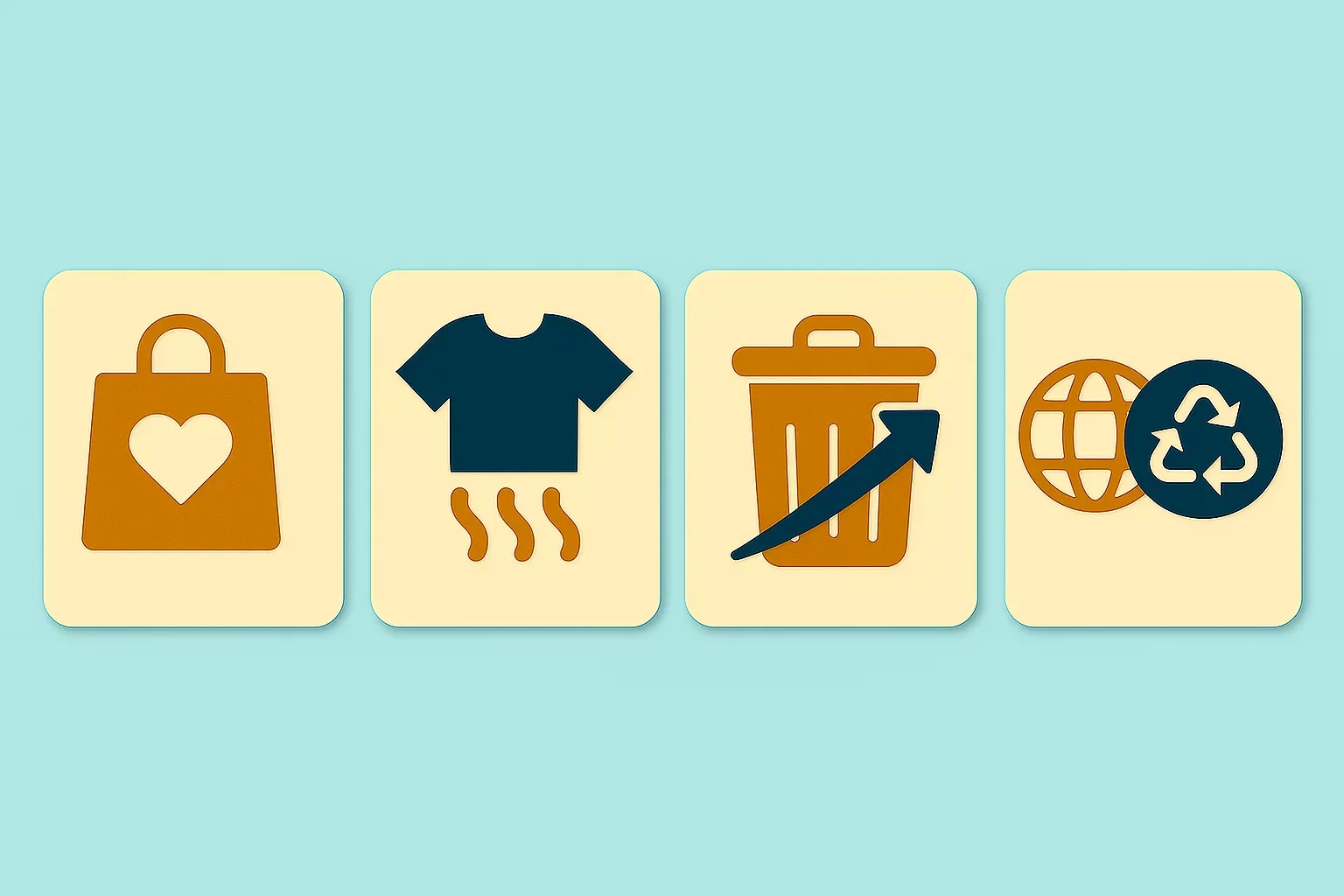
-lltkno6txy.webp)



-do38odrqnq.webp)
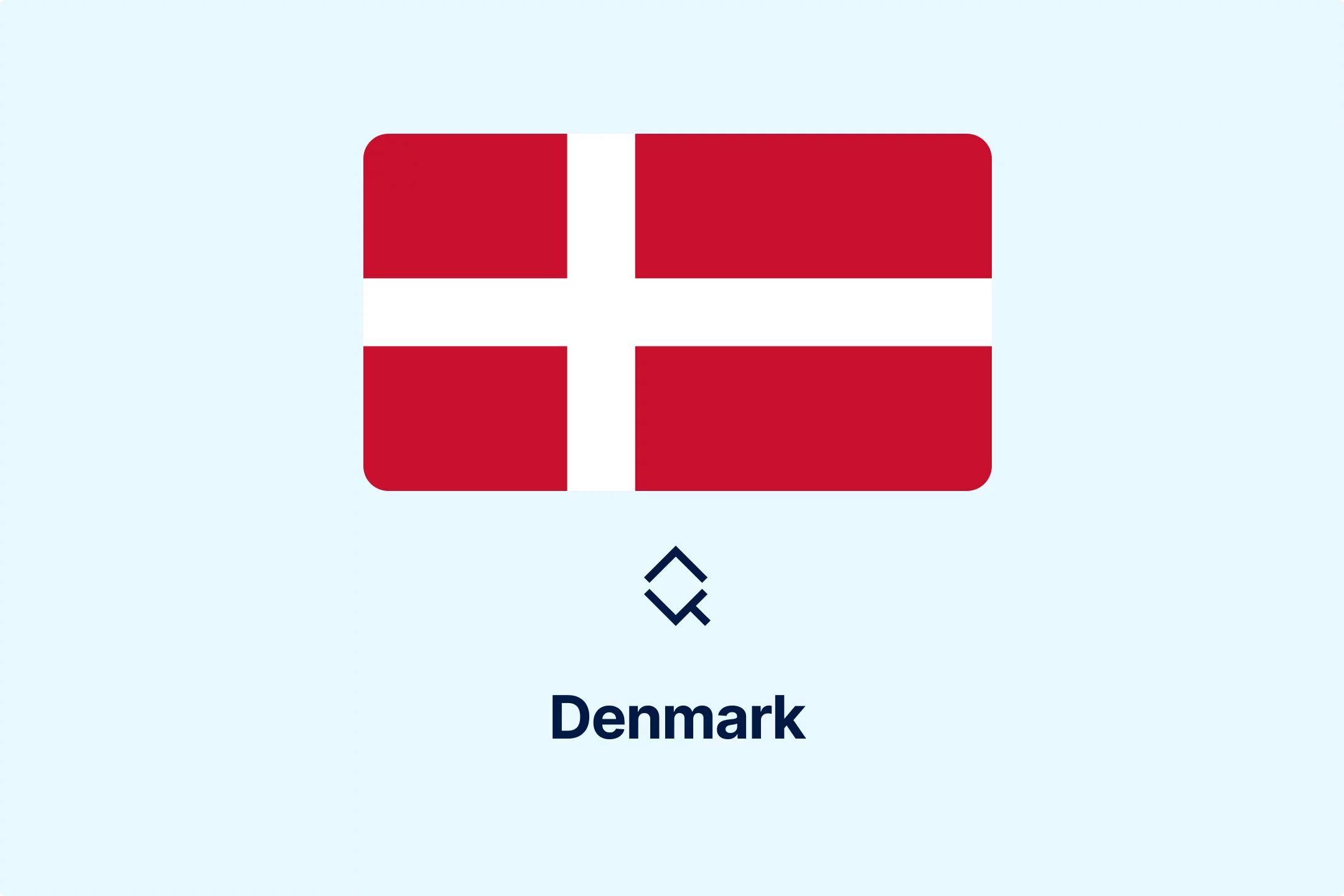
-t409oldqzt.webp)
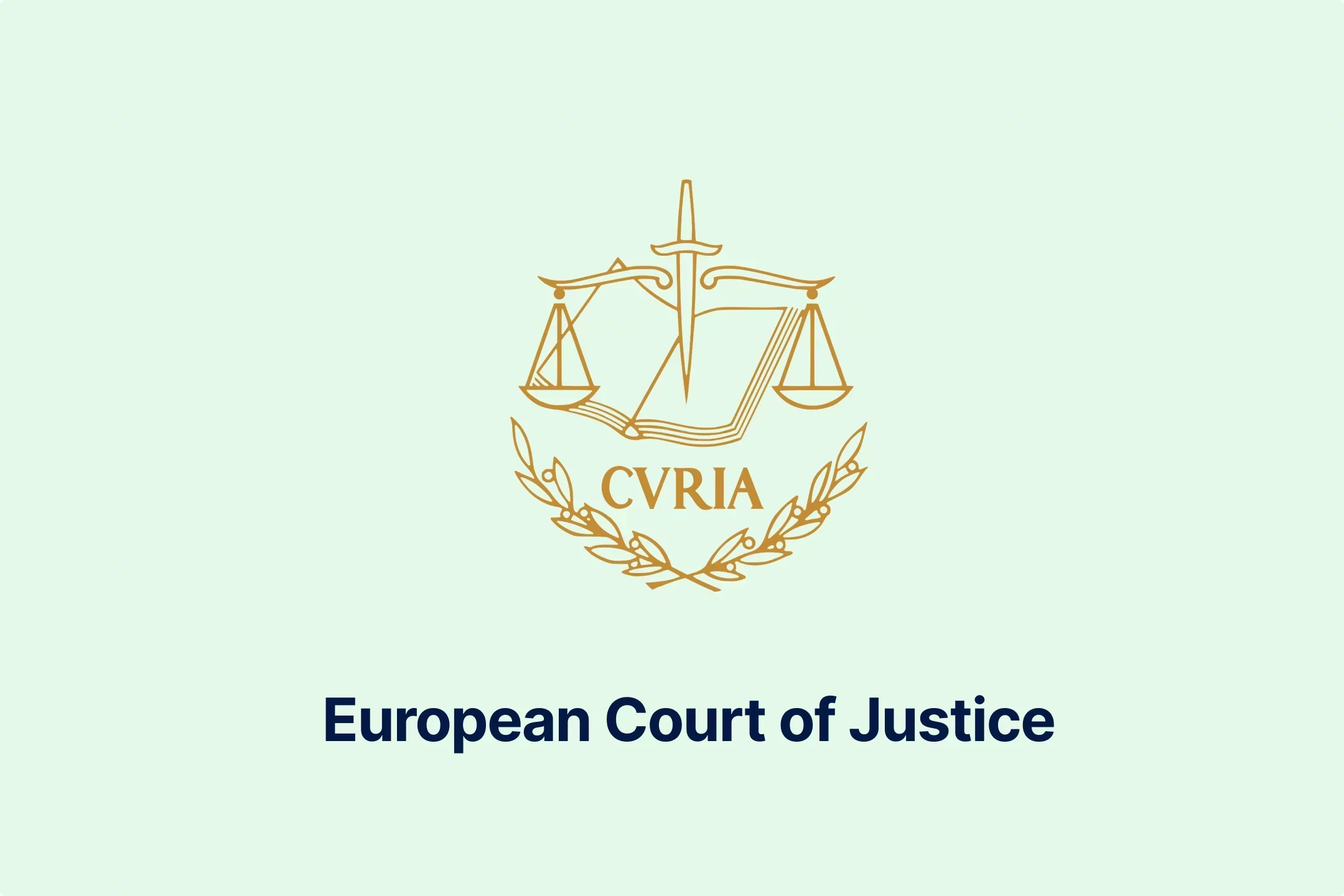
-hordopb6xh.webp)
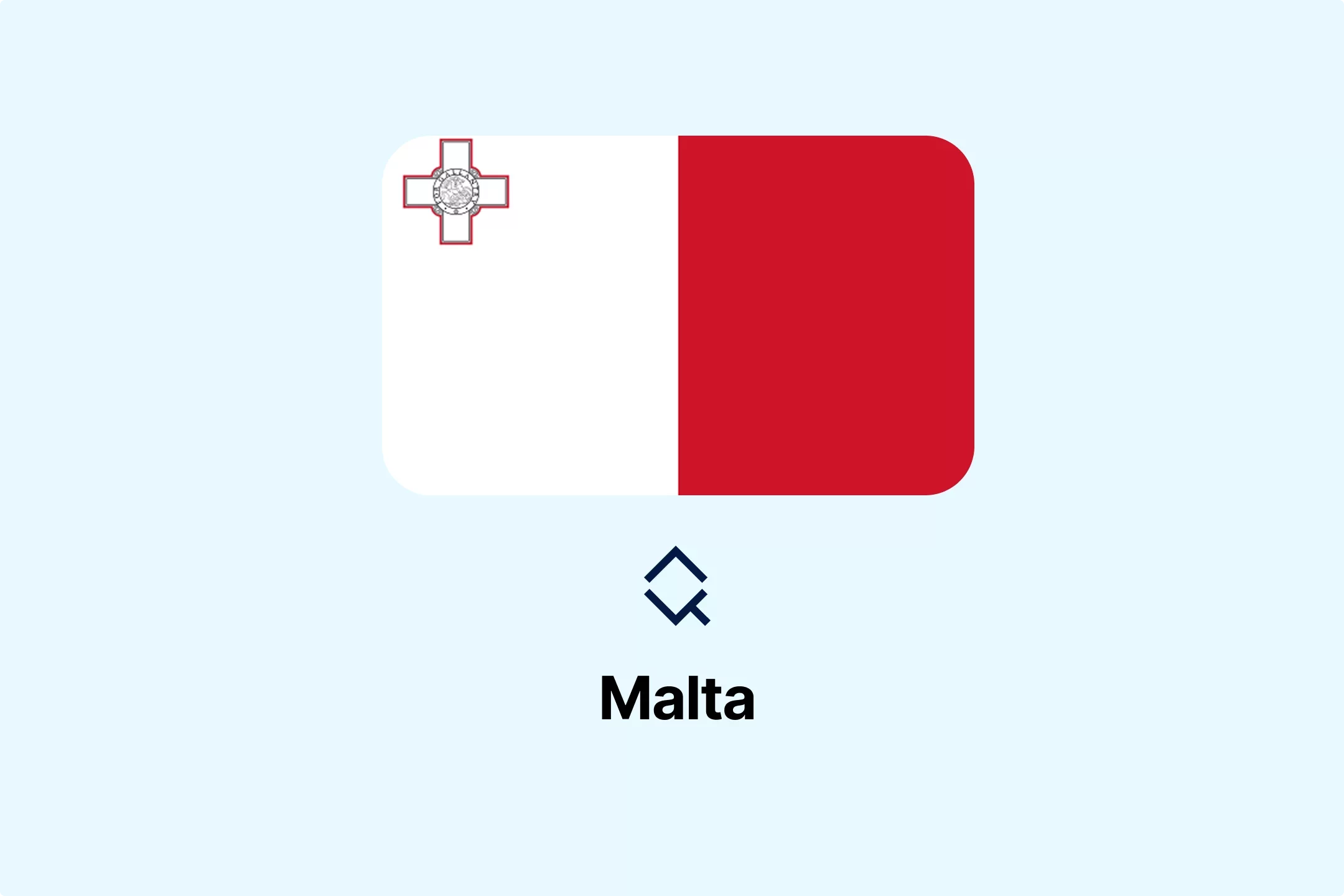
-ooimnrbete.webp)
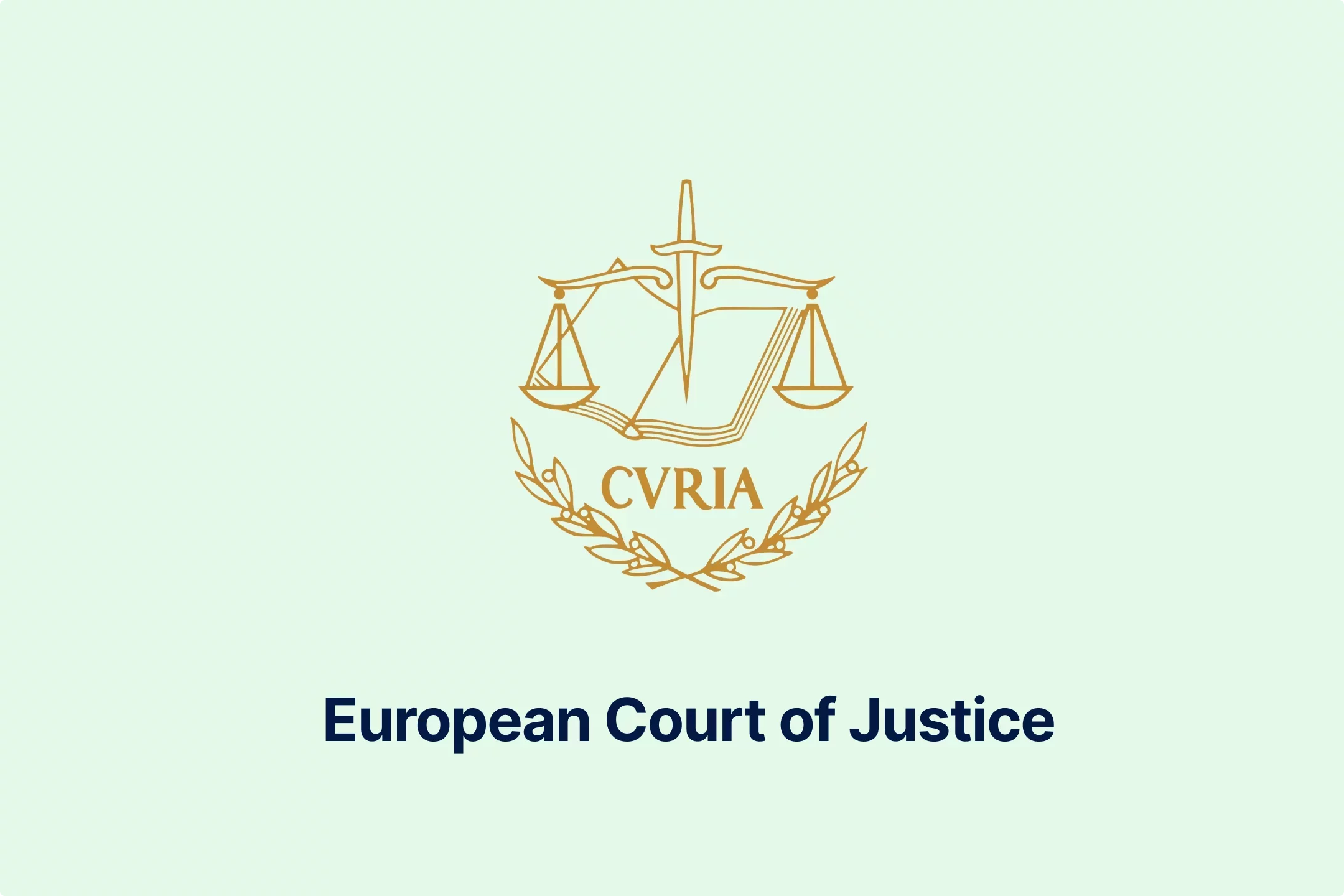
-lwb5qpsily.webp)
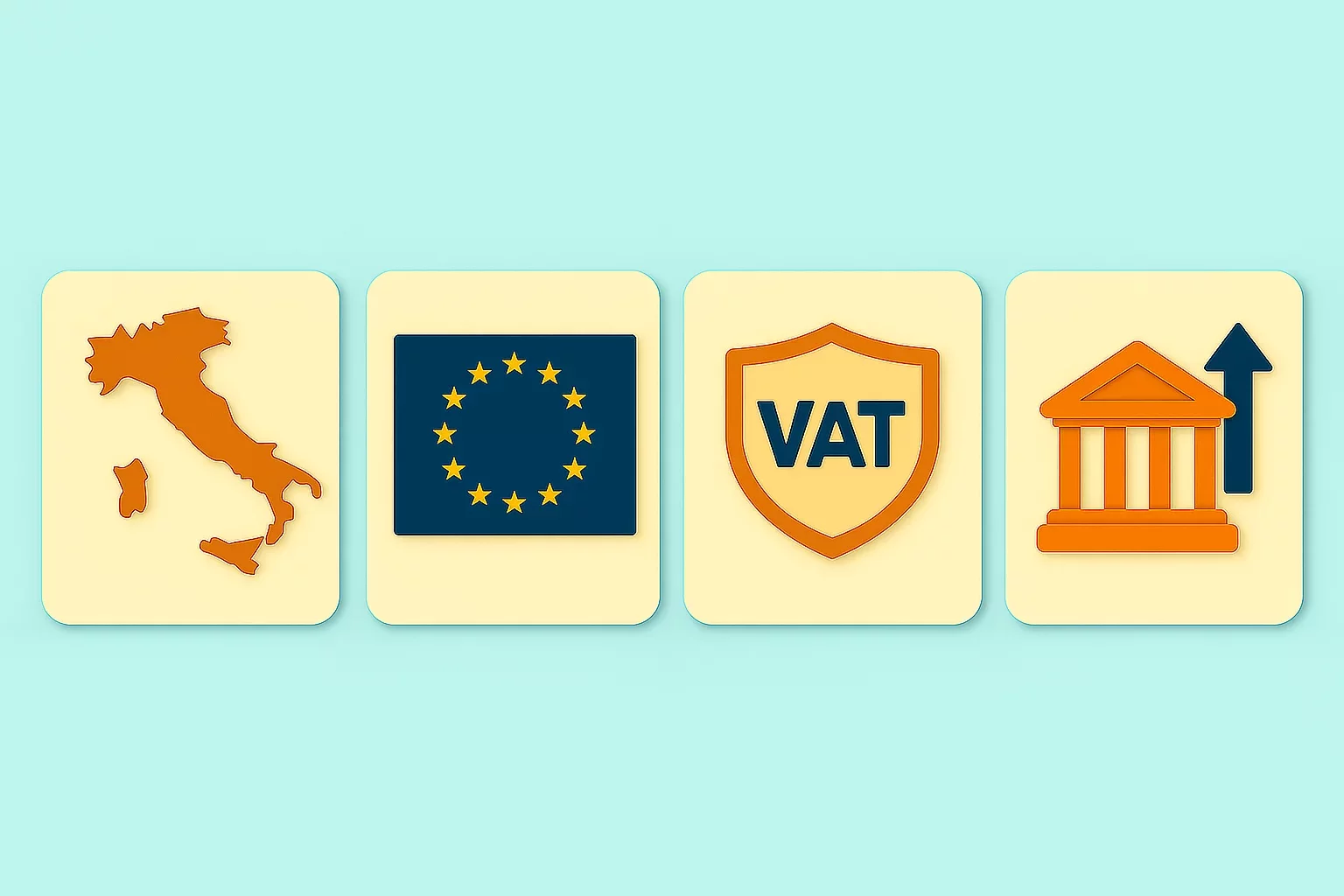
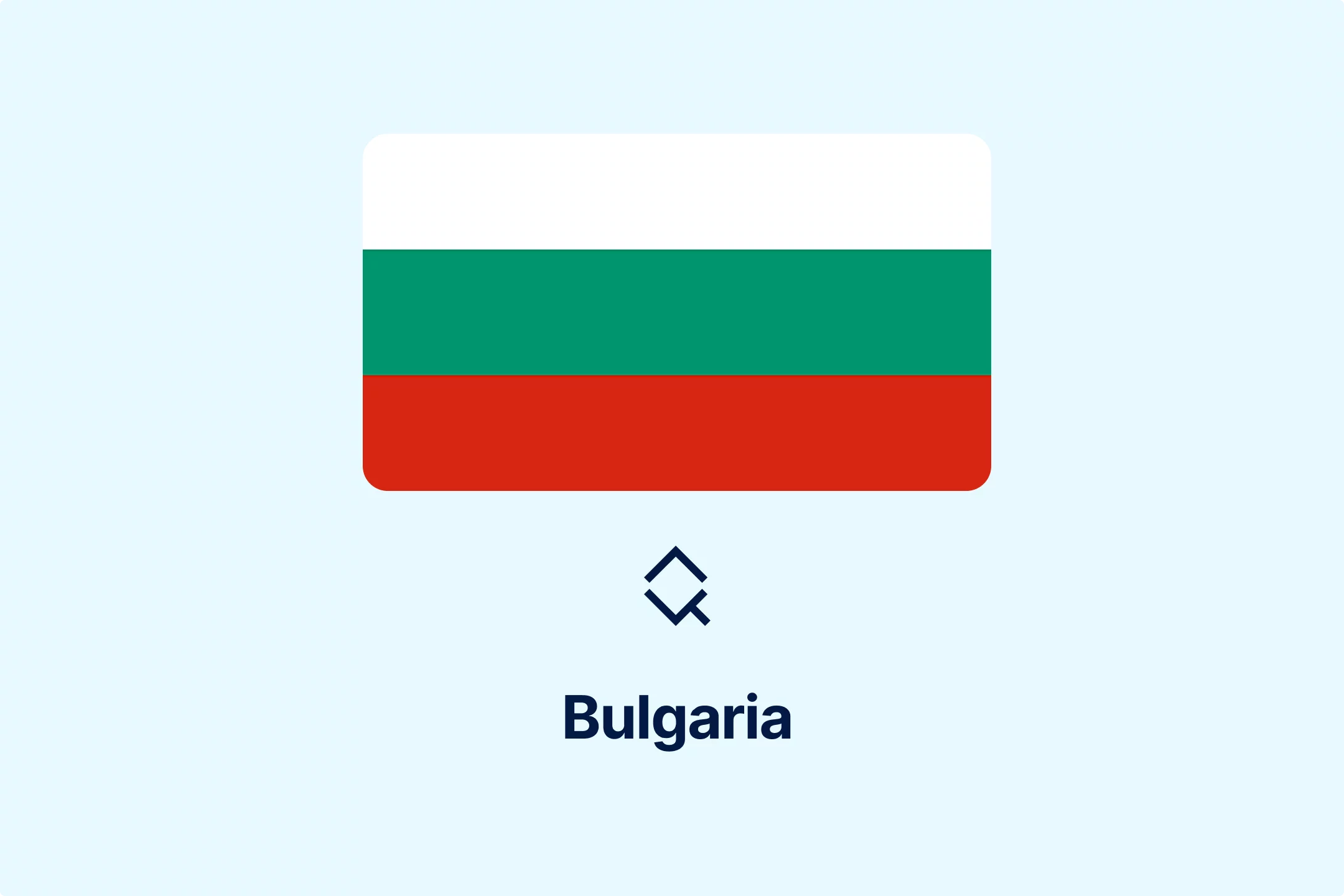
-eumafizrhm.webp)

-mtqp3va9gb.webp)
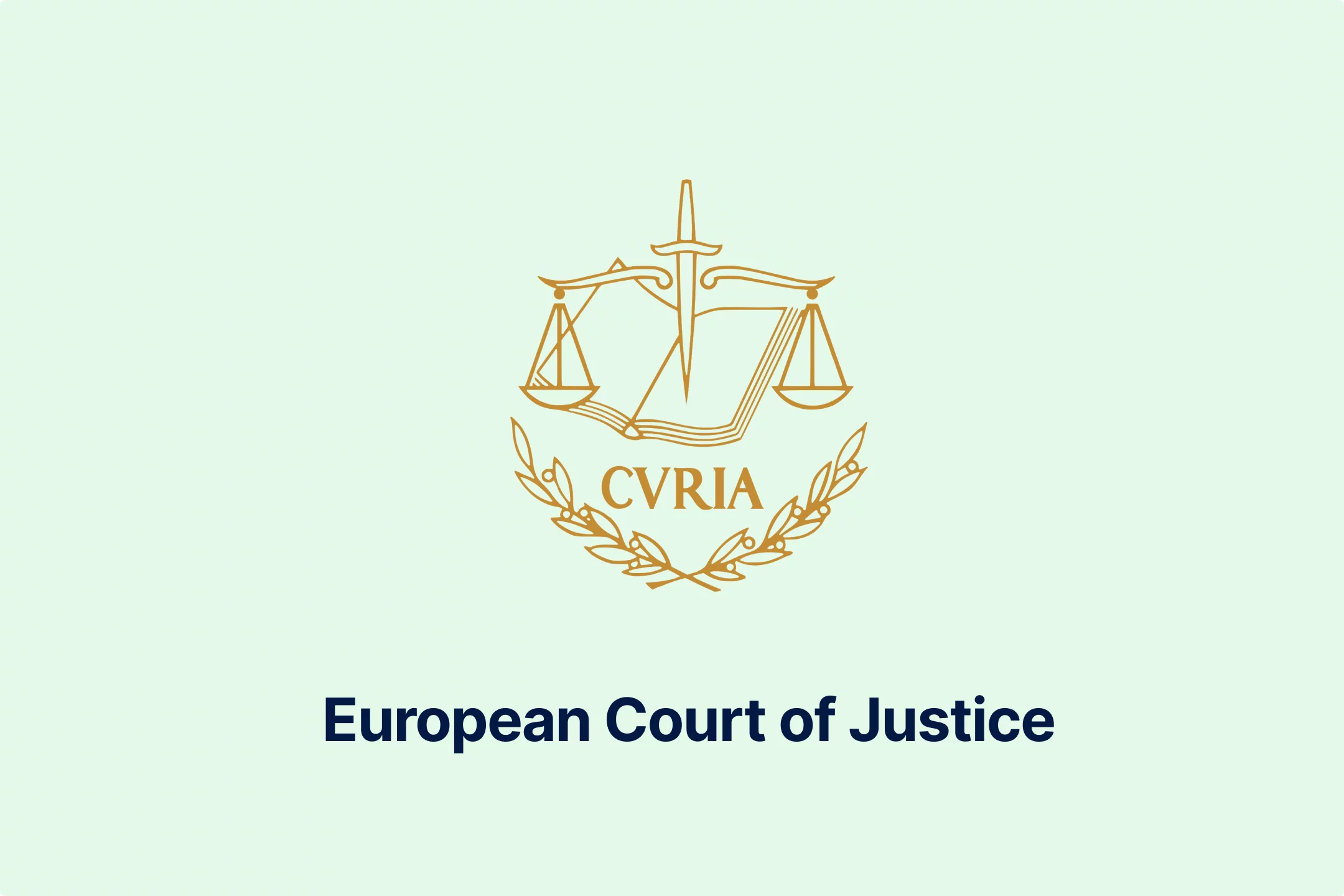
-3ewrn1yvfa.webp)
-591j35flz2.webp)
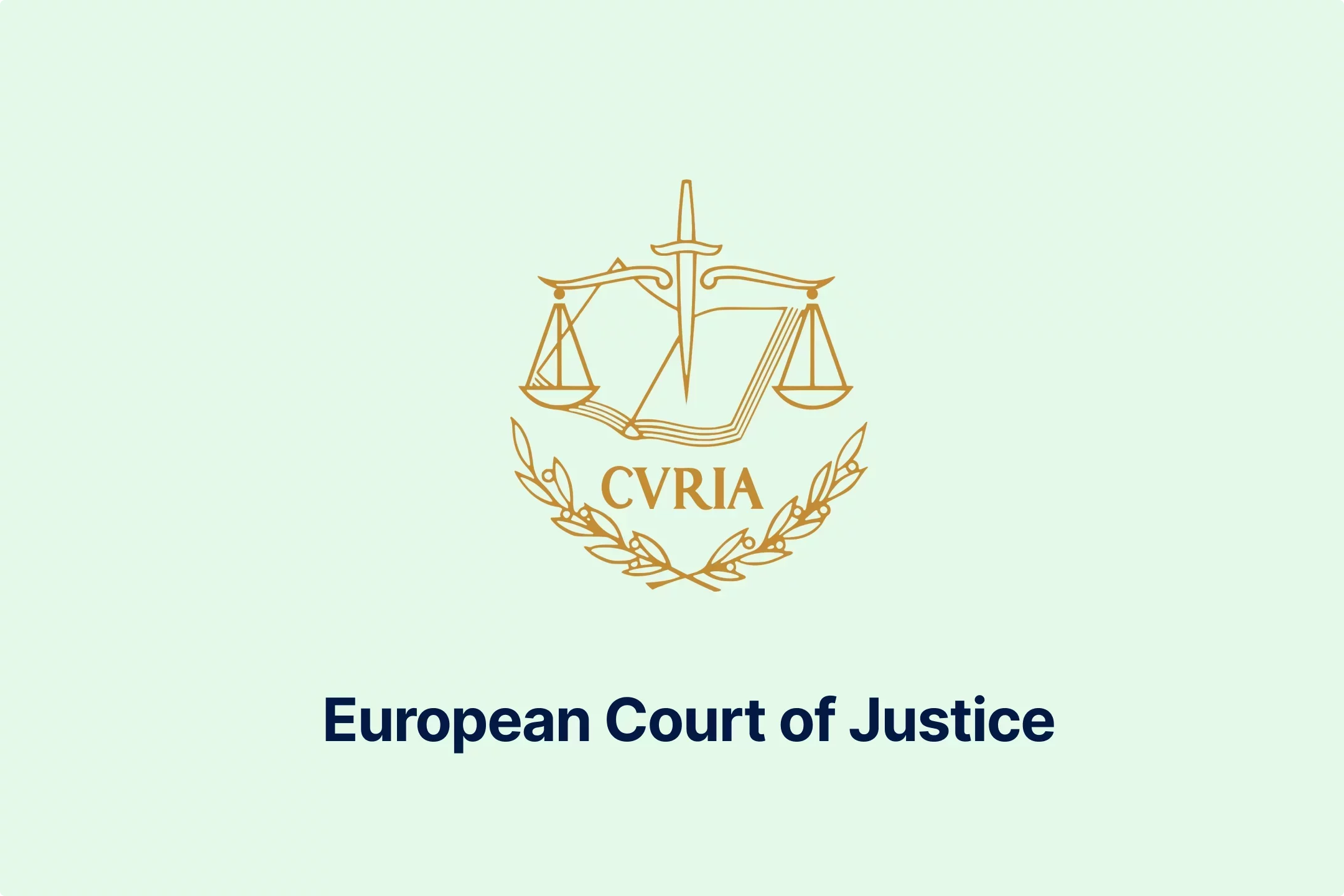
-huj3cam1de.webp)

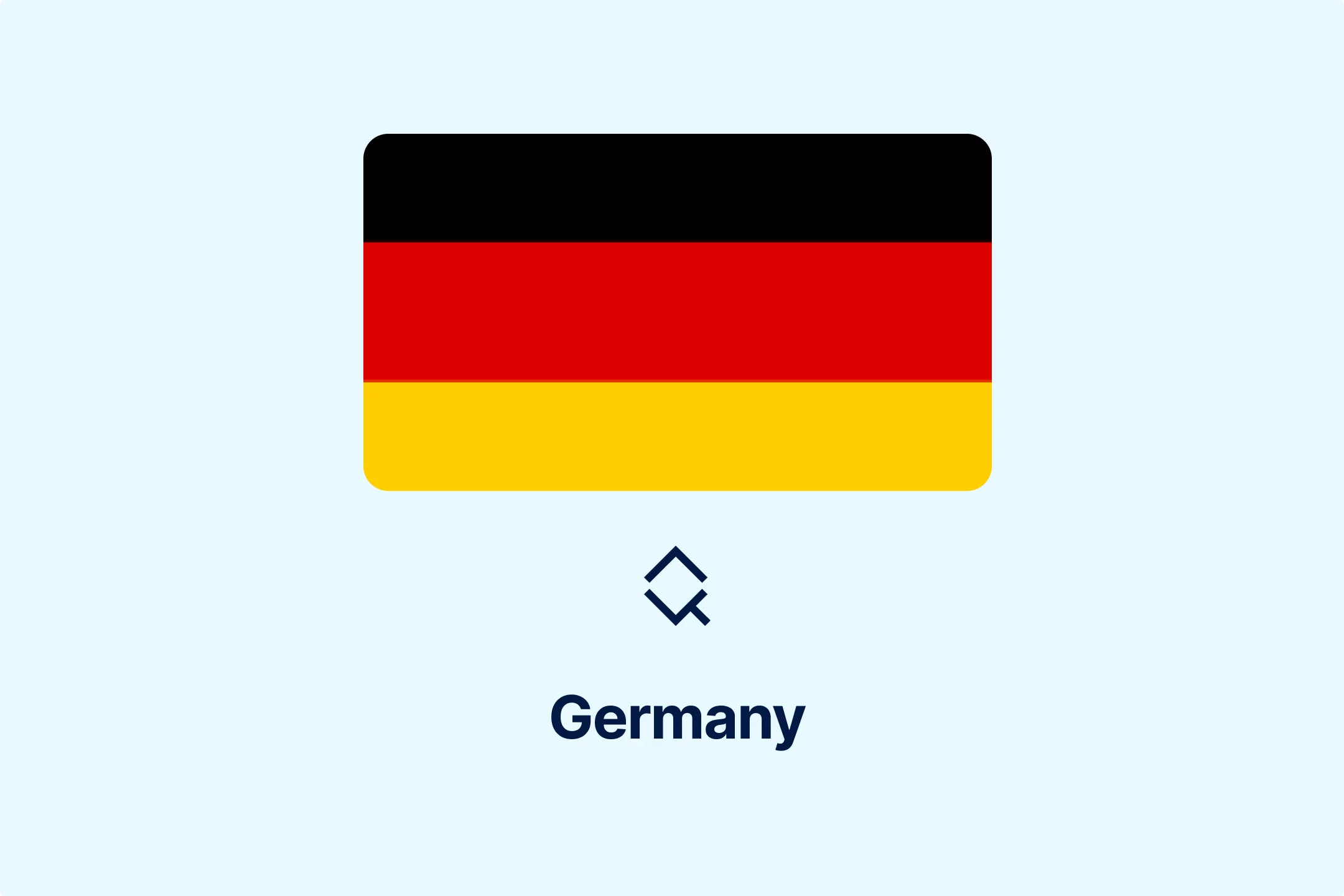
-hafis0ii23.webp)

-qseaw5zmcy.webp)
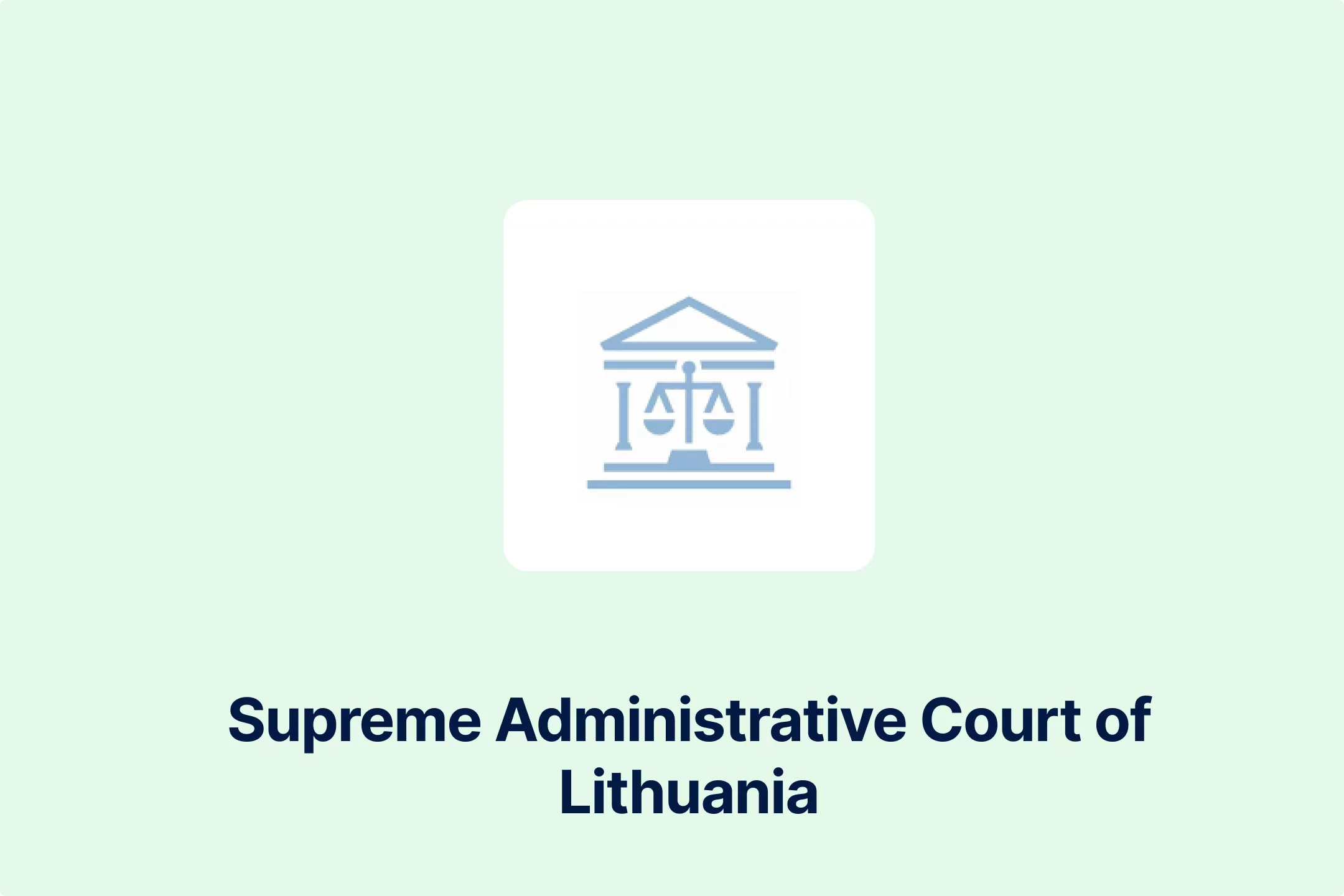
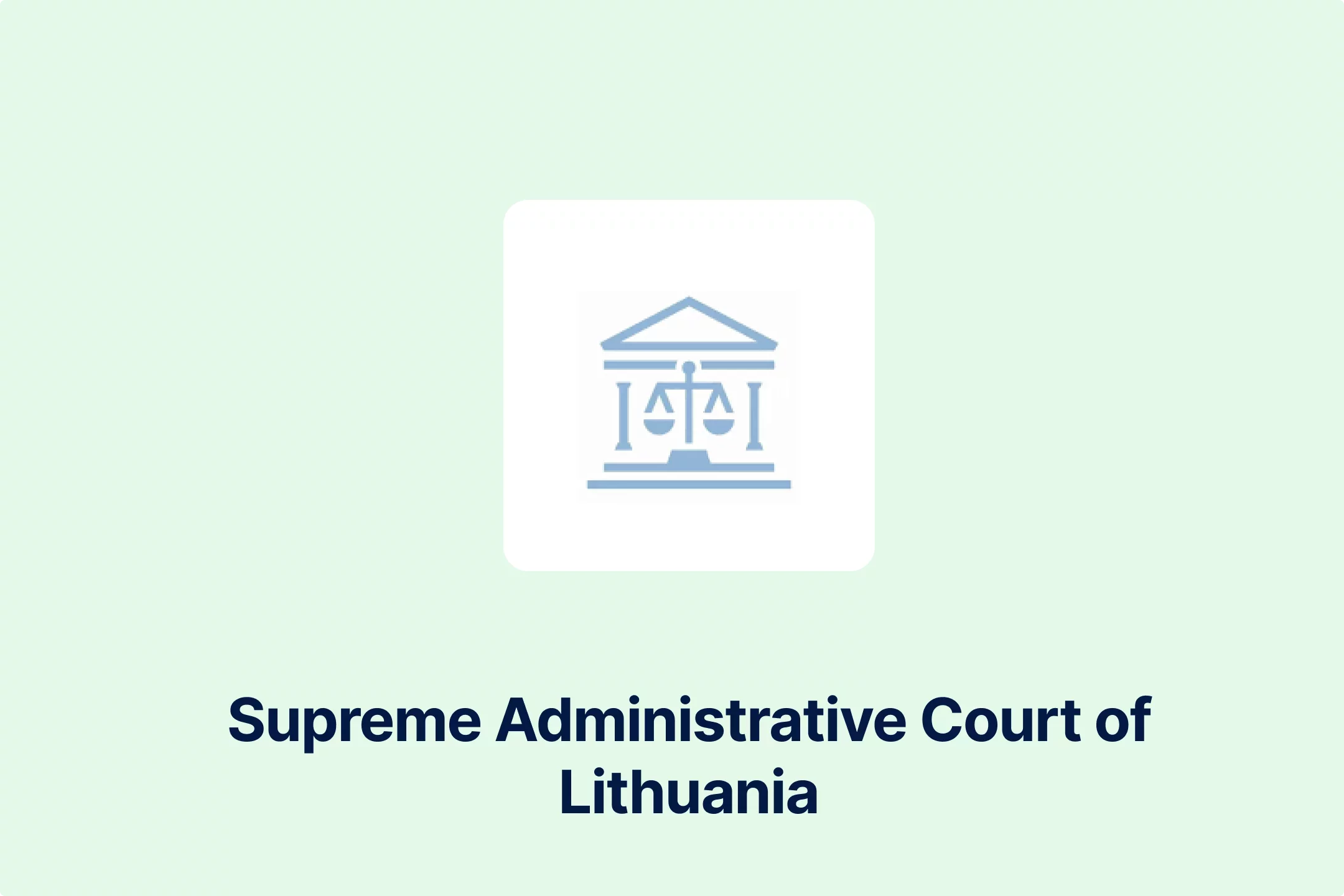
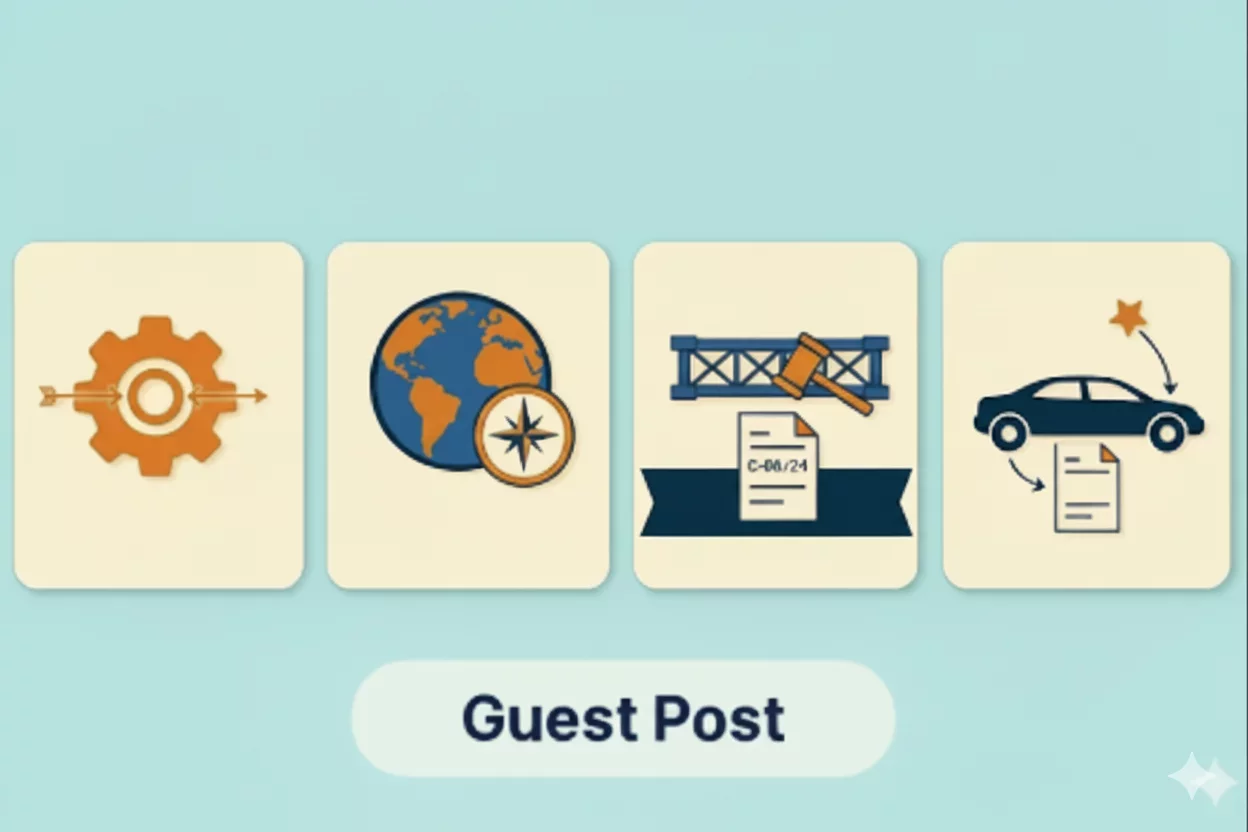
-qzsah2ifqx.webp)
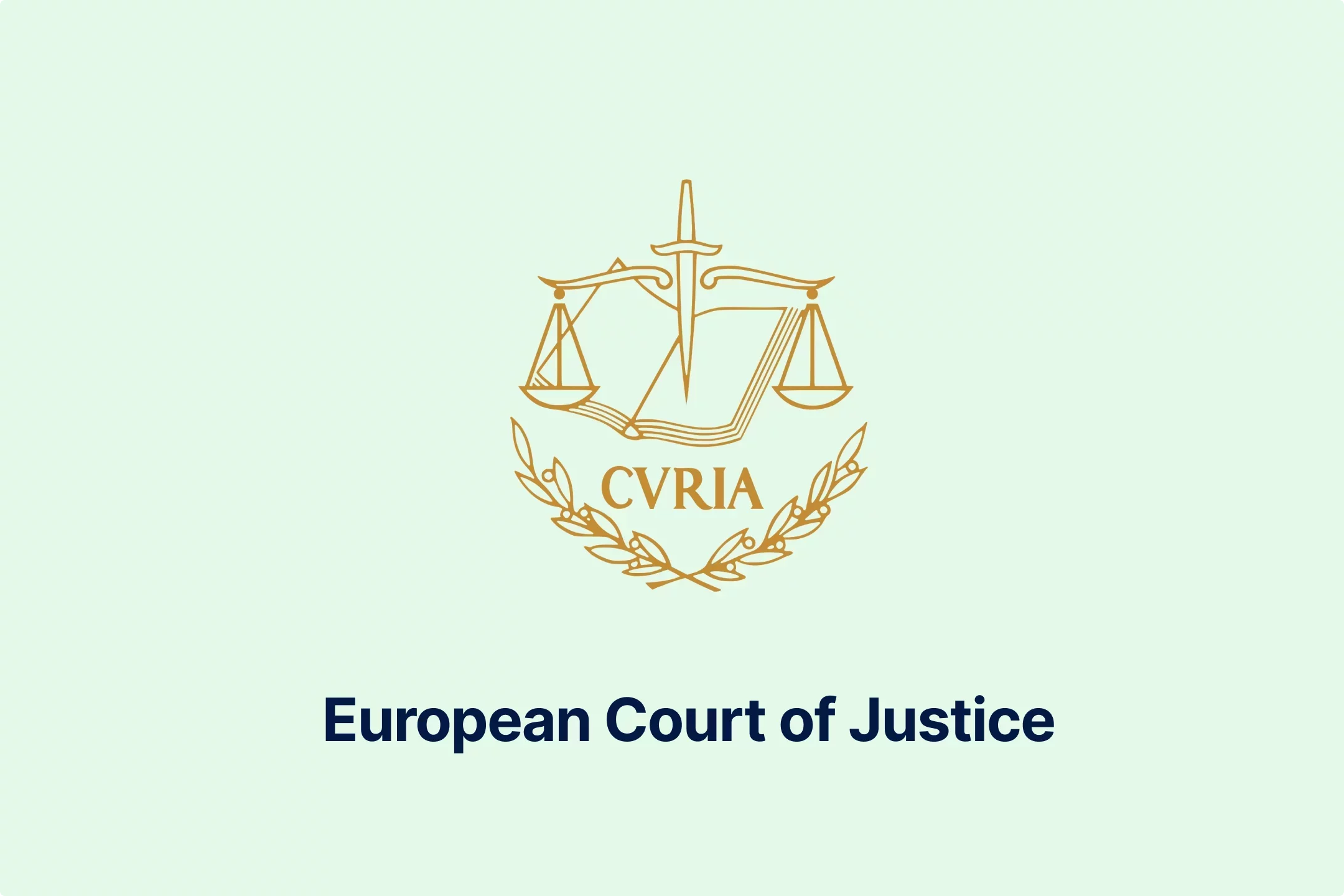
-69rzooghib.webp)
-wrvng98m0g.webp)

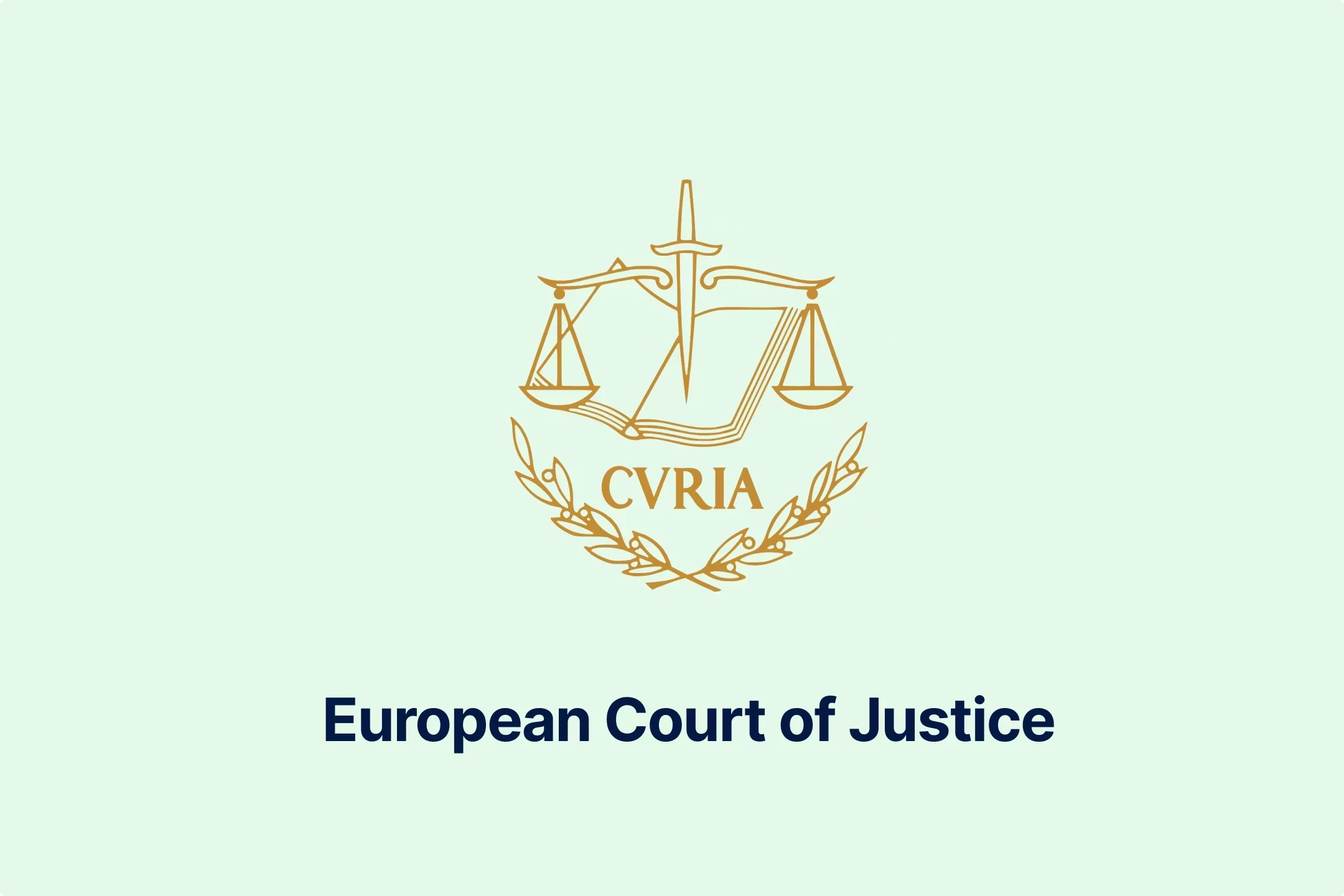
-psucycuxh2.webp)
-klyo8bn5lc.webp)

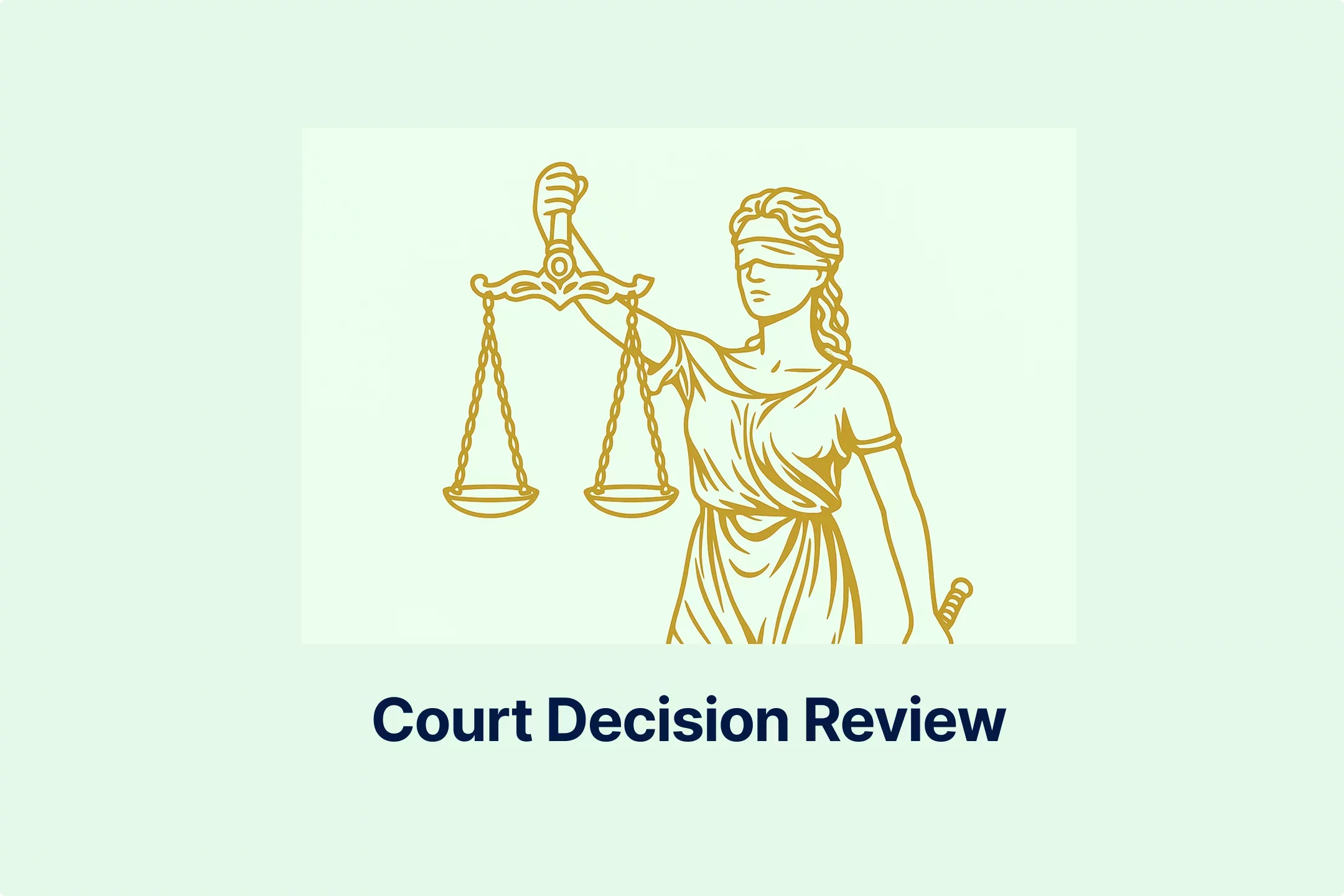


-6wv5h5eyyd.webp)
-tfgg78rbid.webp)
-a6jpv9ny8v.webp)
-qhdbapy0qr.webp)
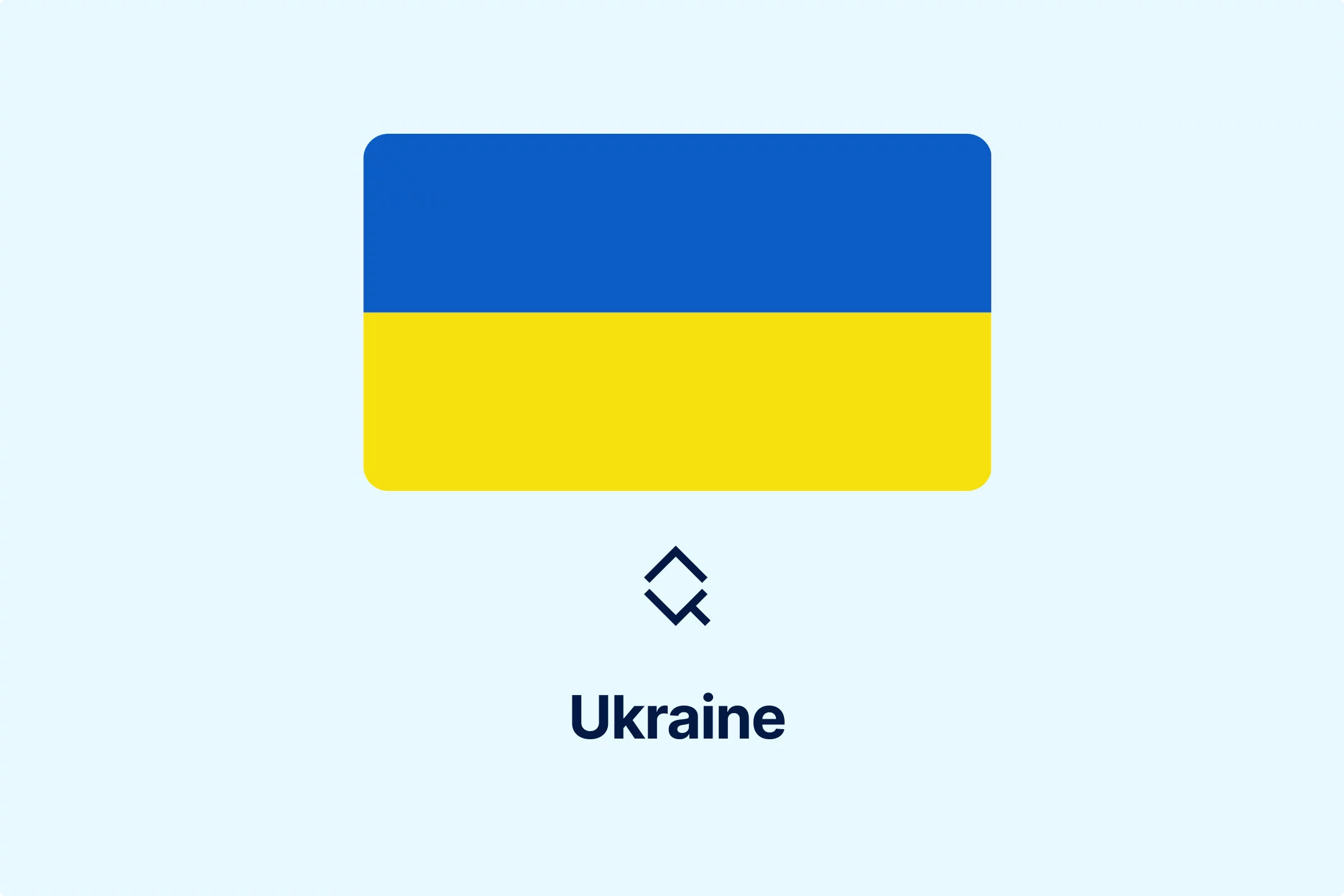
-owvu7zoc13.webp)
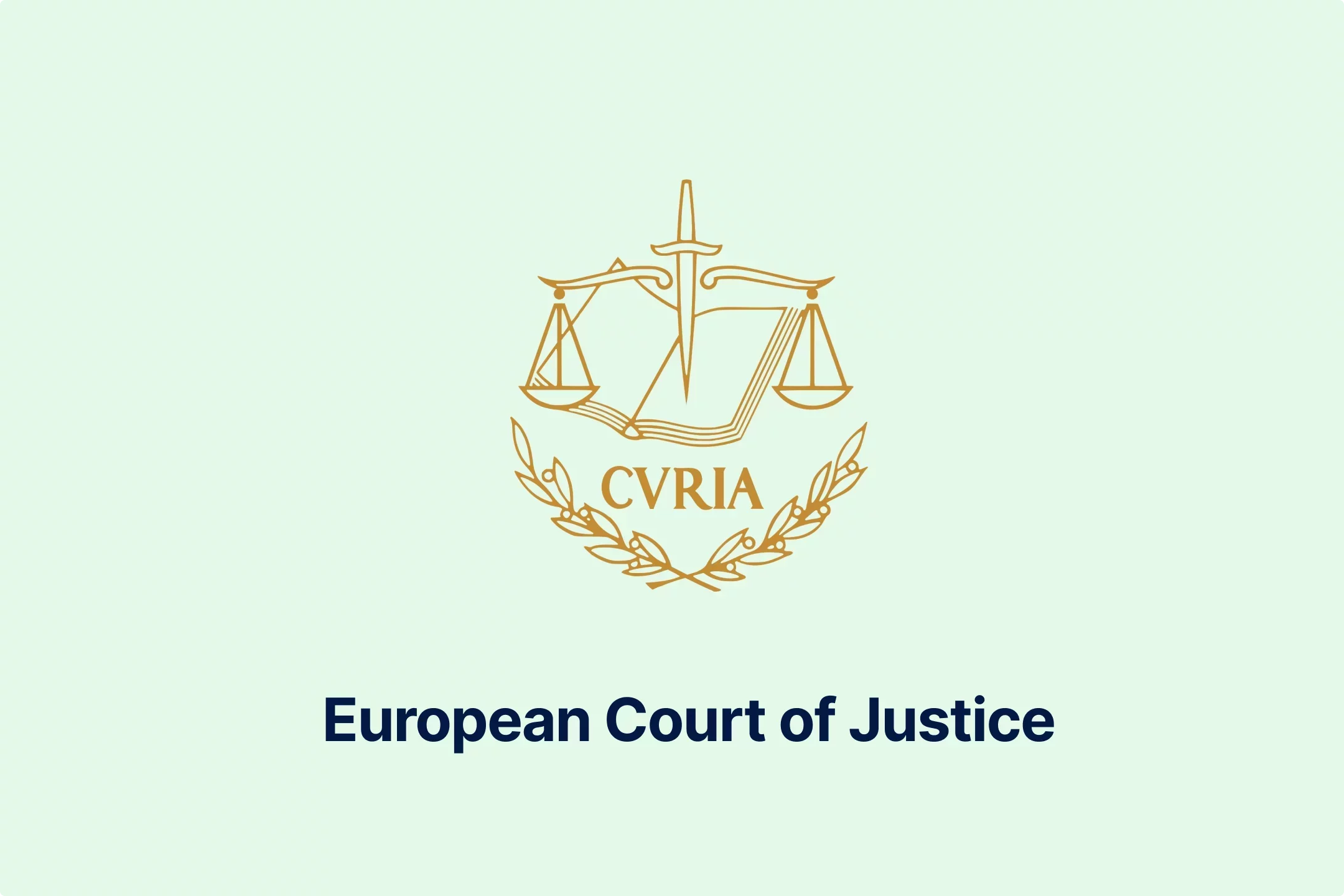

-h28jrh1ukm.webp)
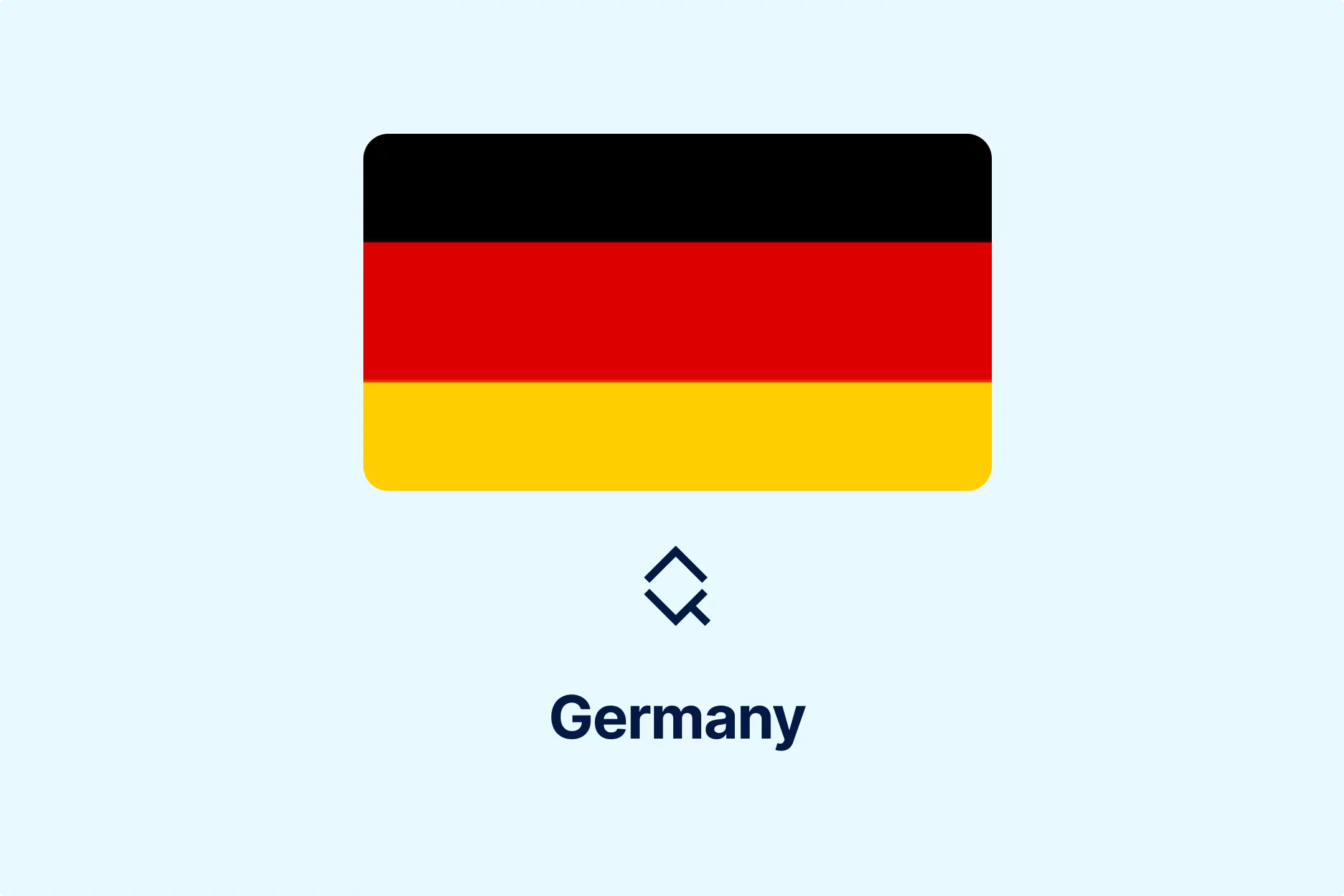
-wl9bl1rw3a.webp)

-2w76jtvtuk.webp)
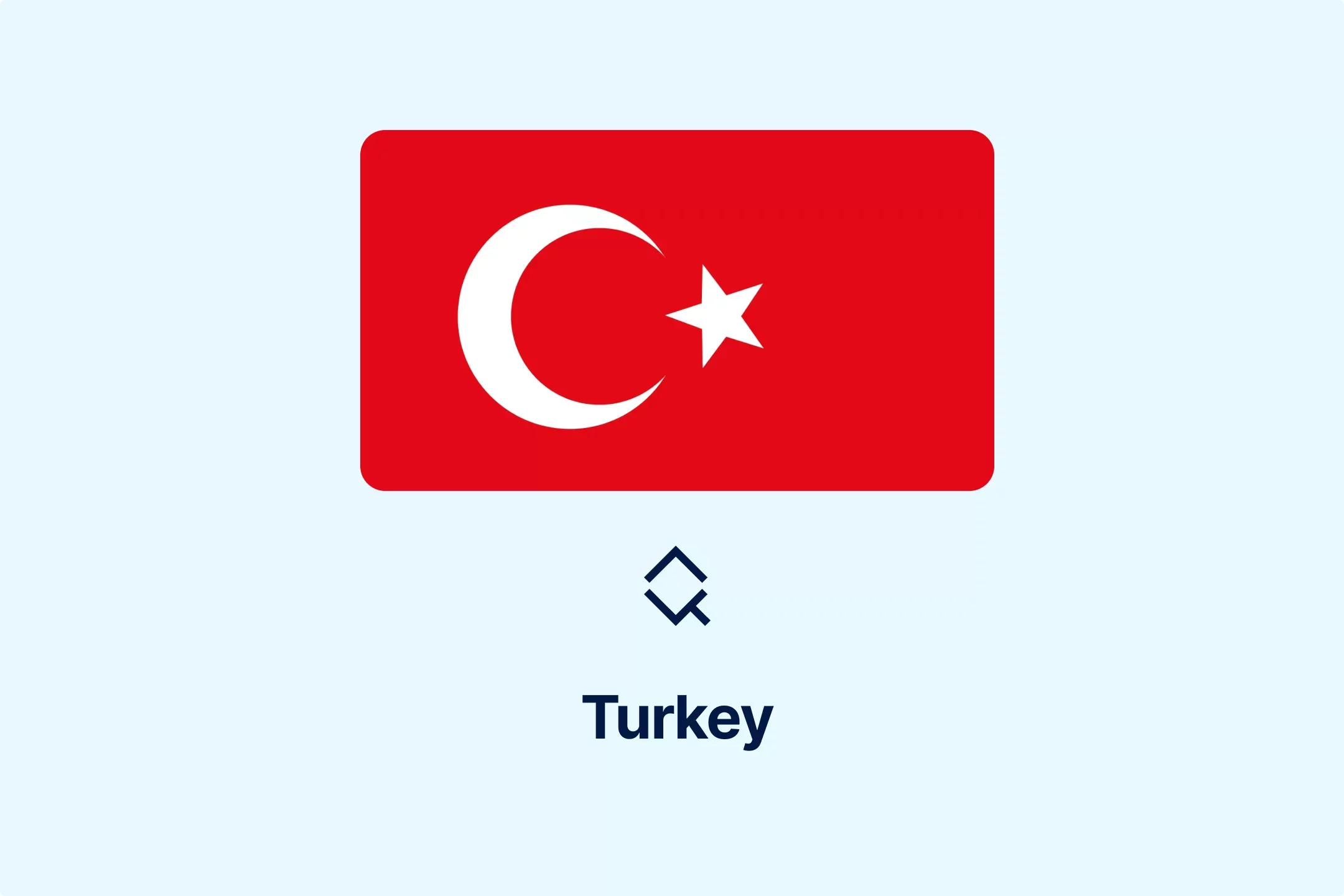
-c0uvrmrq9j.webp)
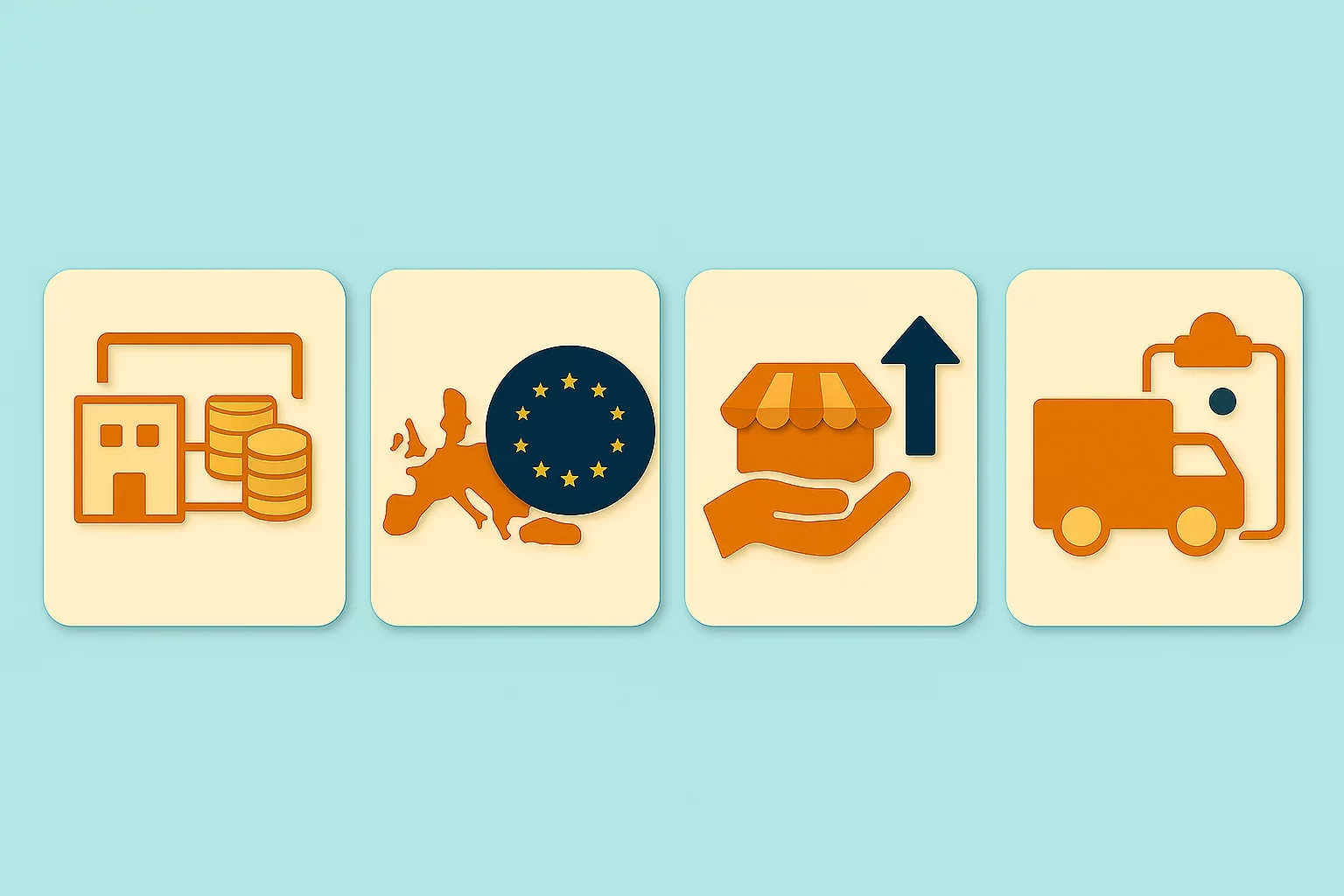


-pofe7ucwz3.webp)
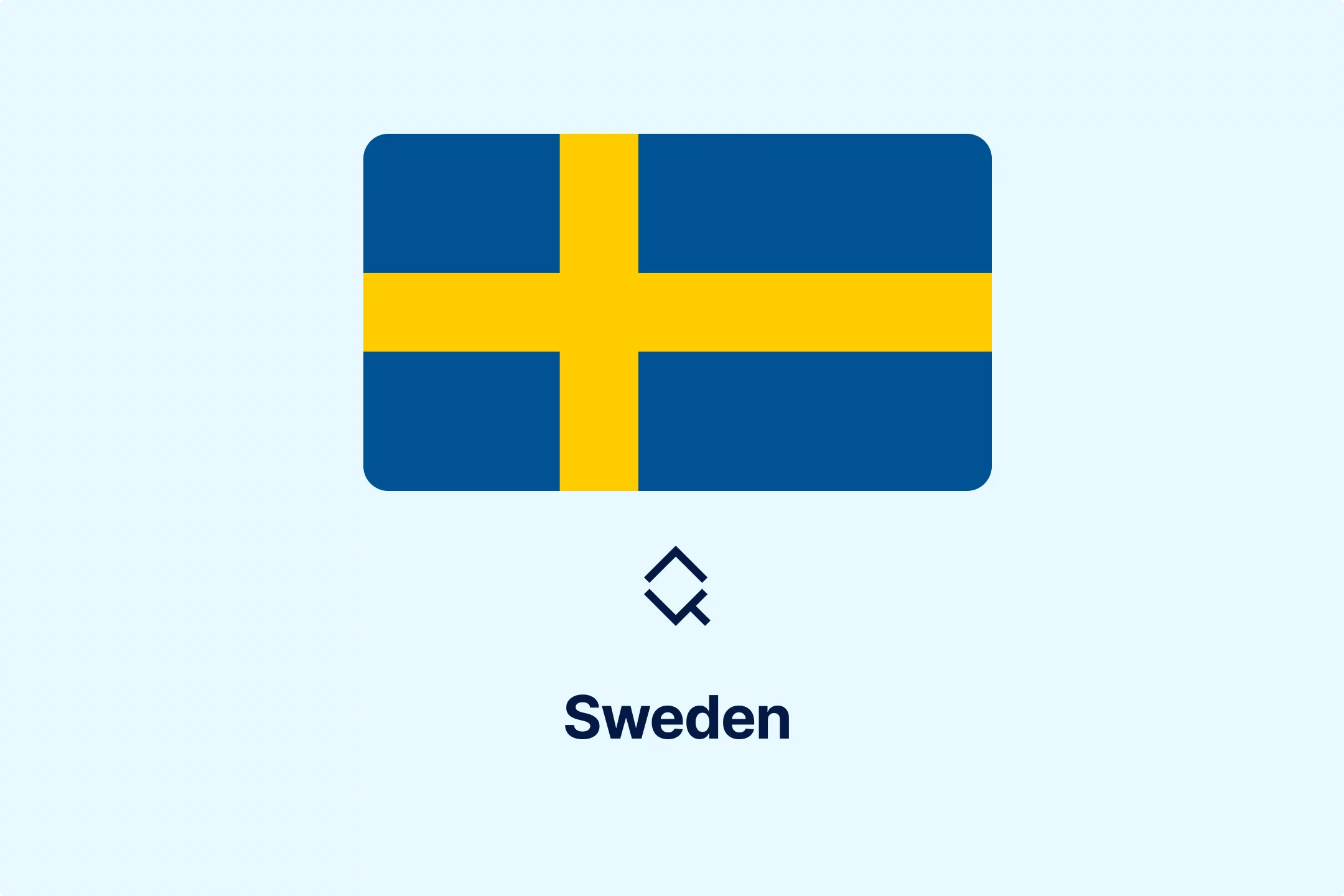
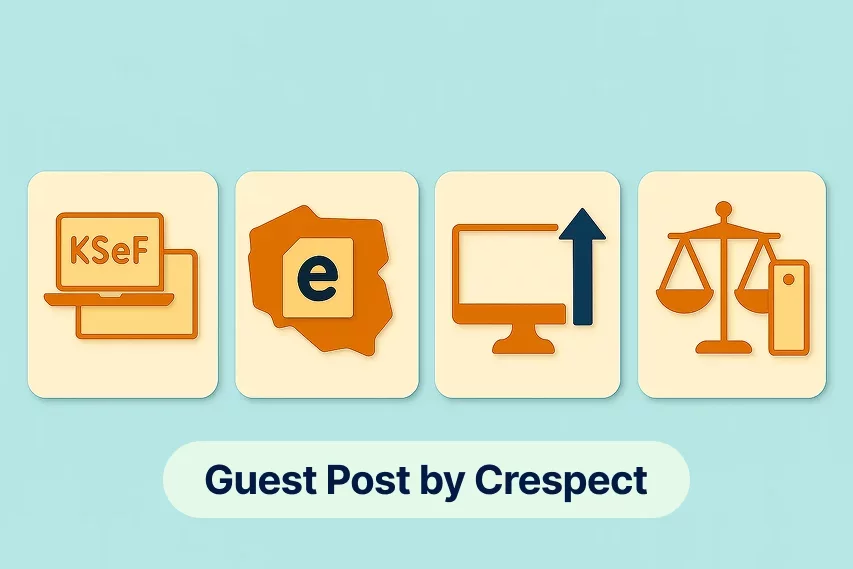
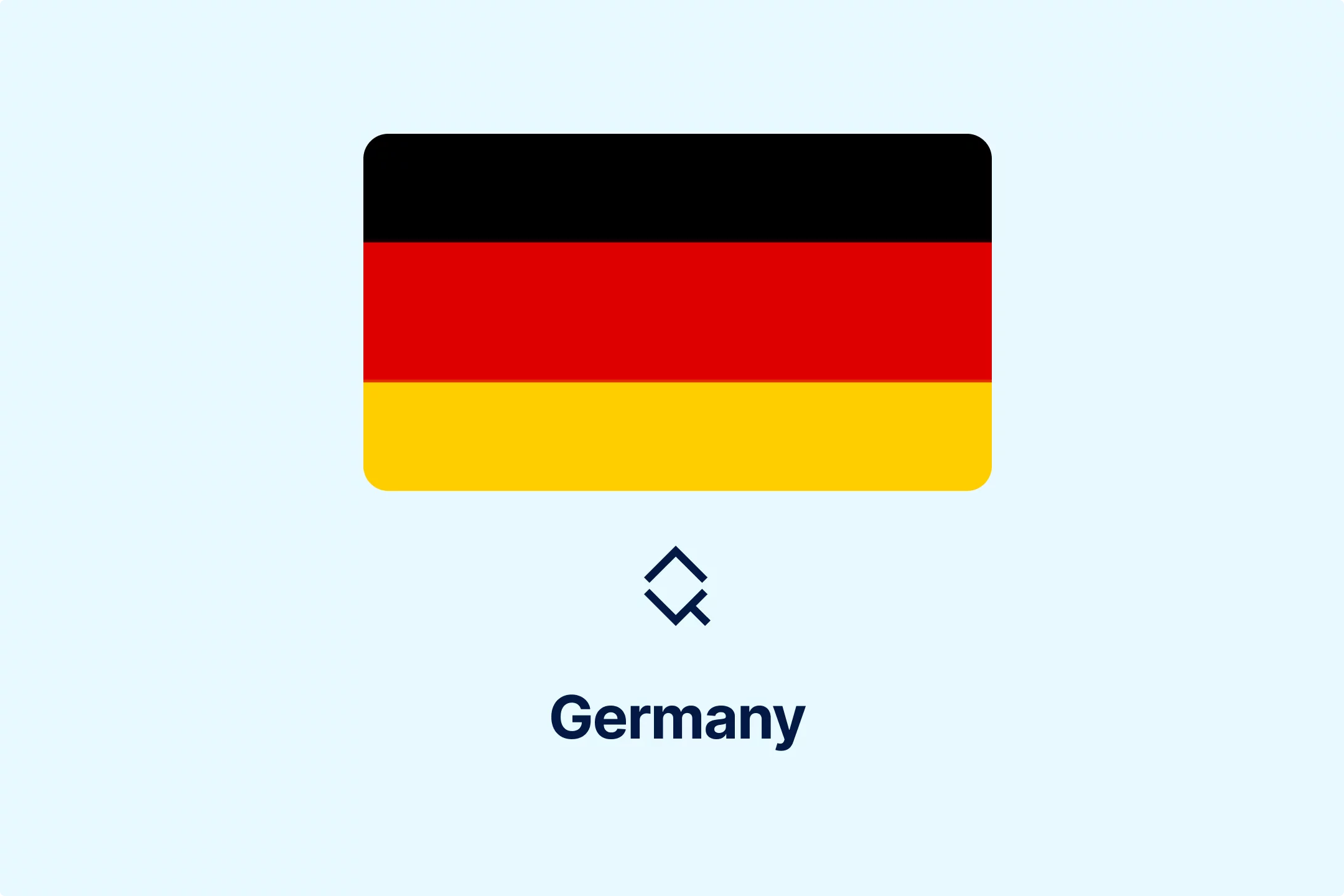
-5cc23ezxyf.webp)
-rrmabbekeb.webp)


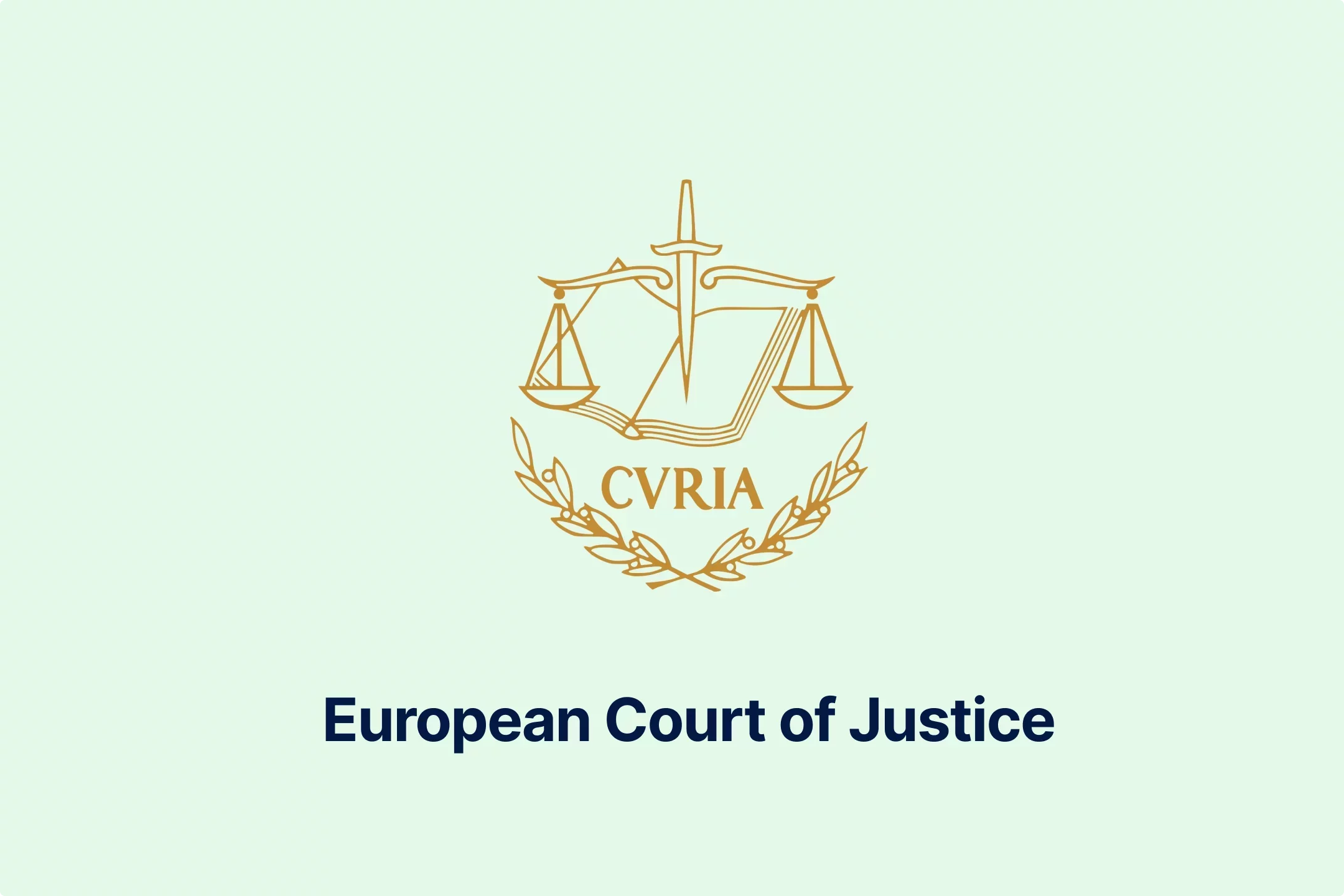

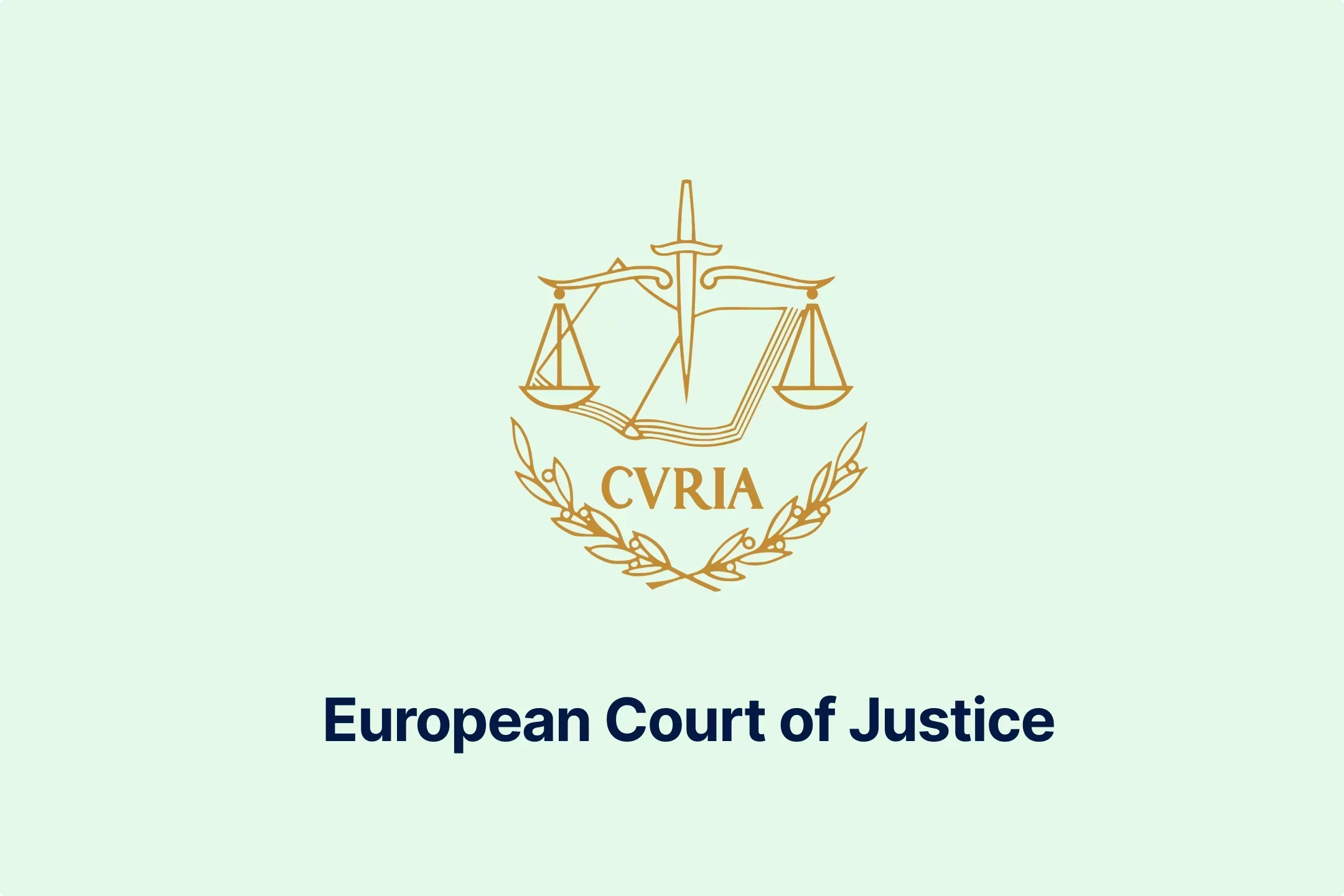
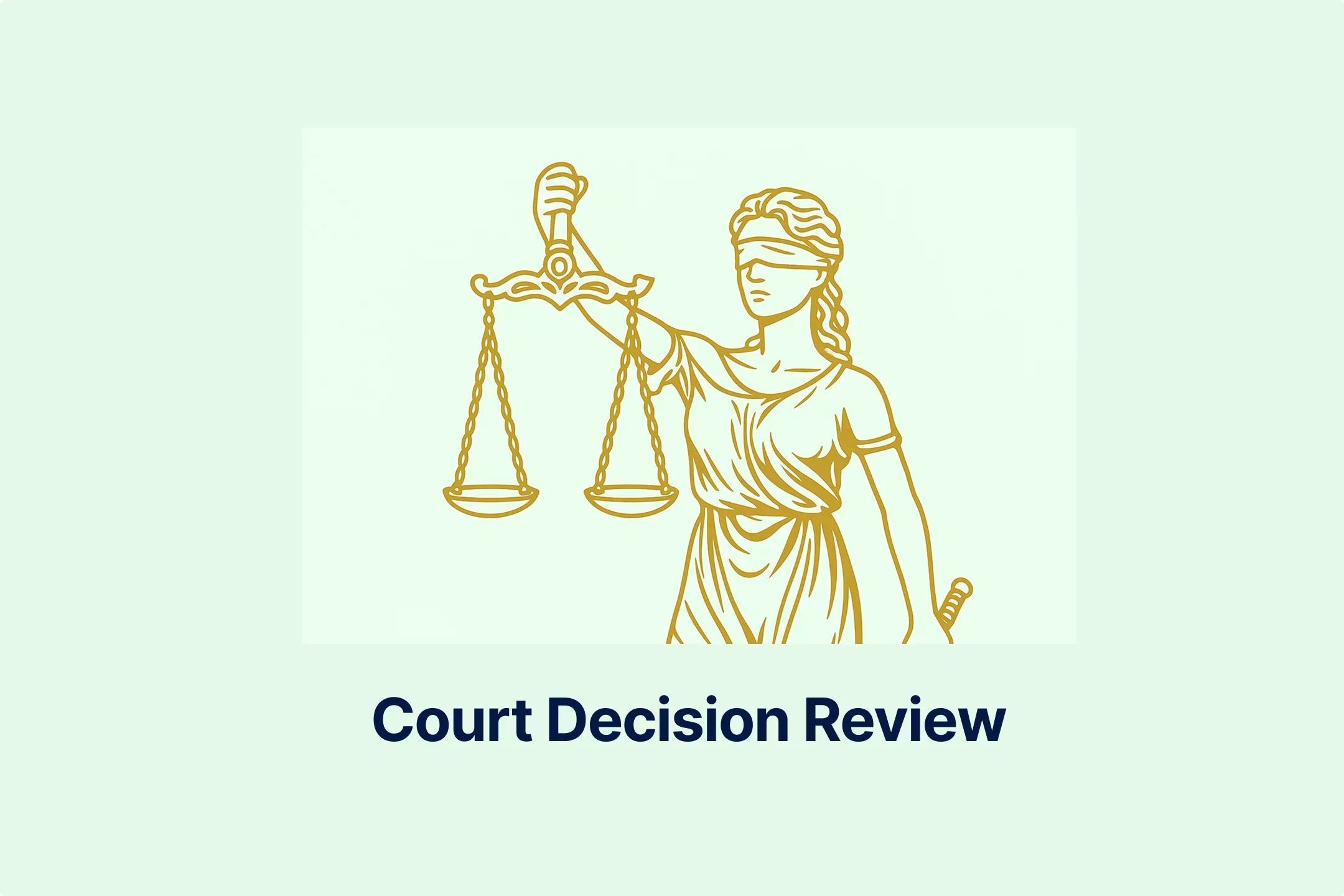
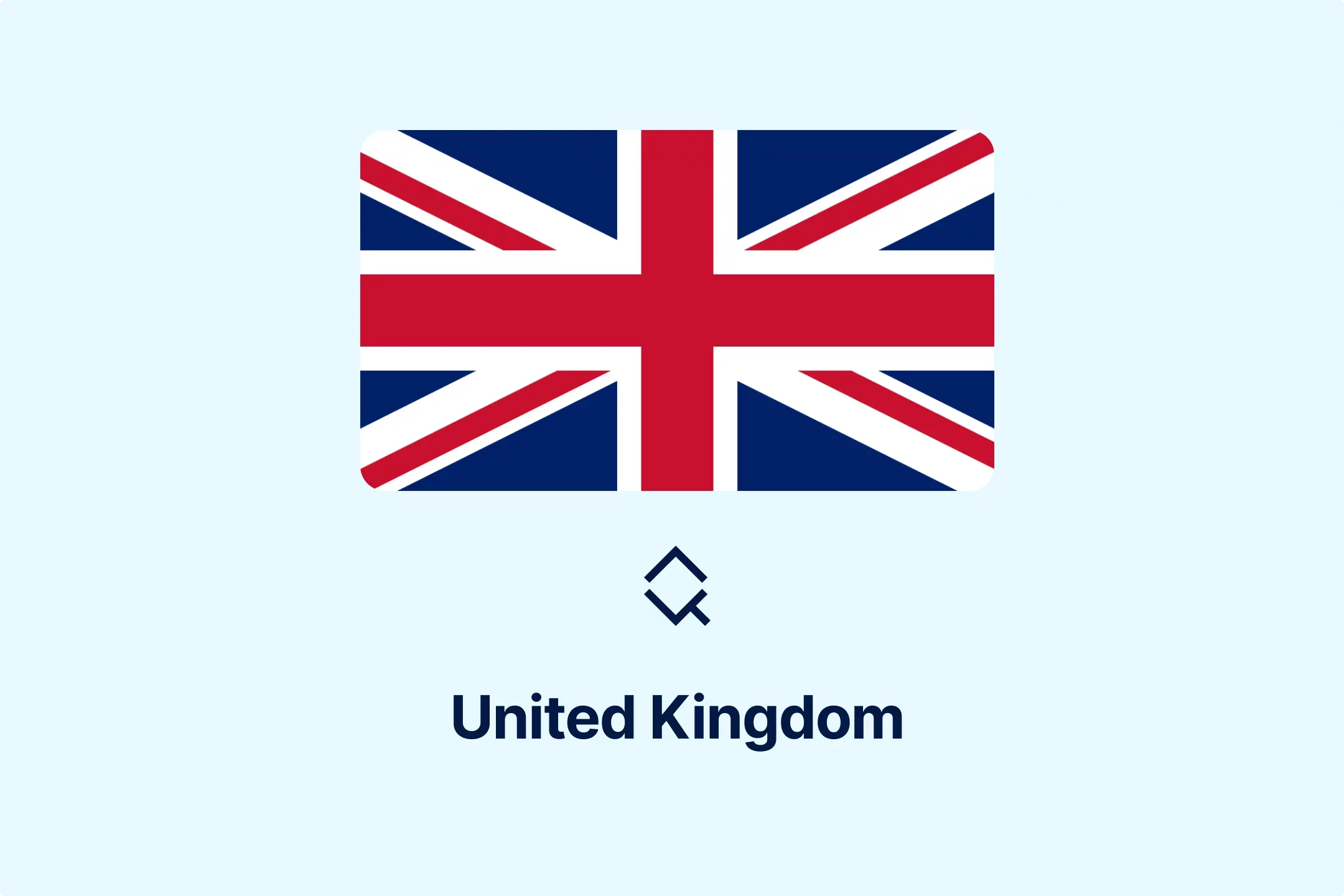
-iyyeiabtaf.webp)
-c8rbjkcs01.webp)
-nilkffjhah.webp)
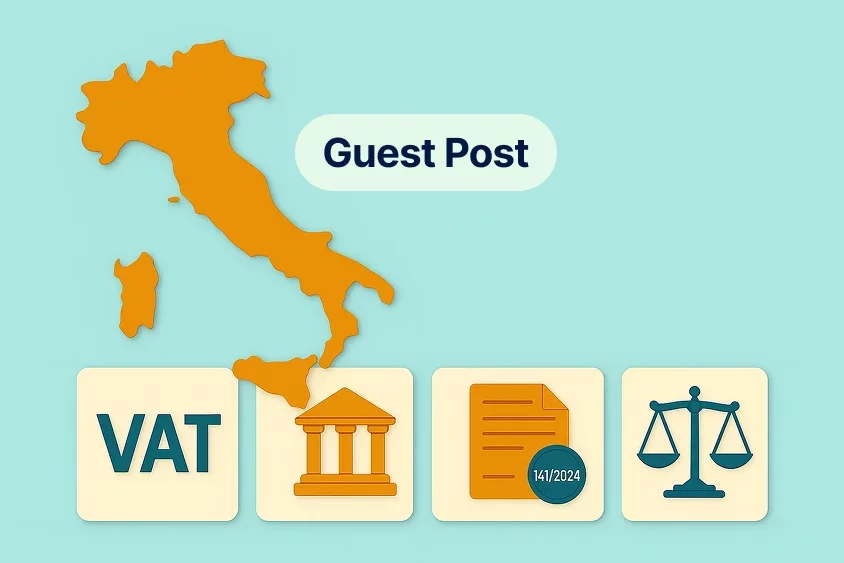
-hikakq55ae.webp)
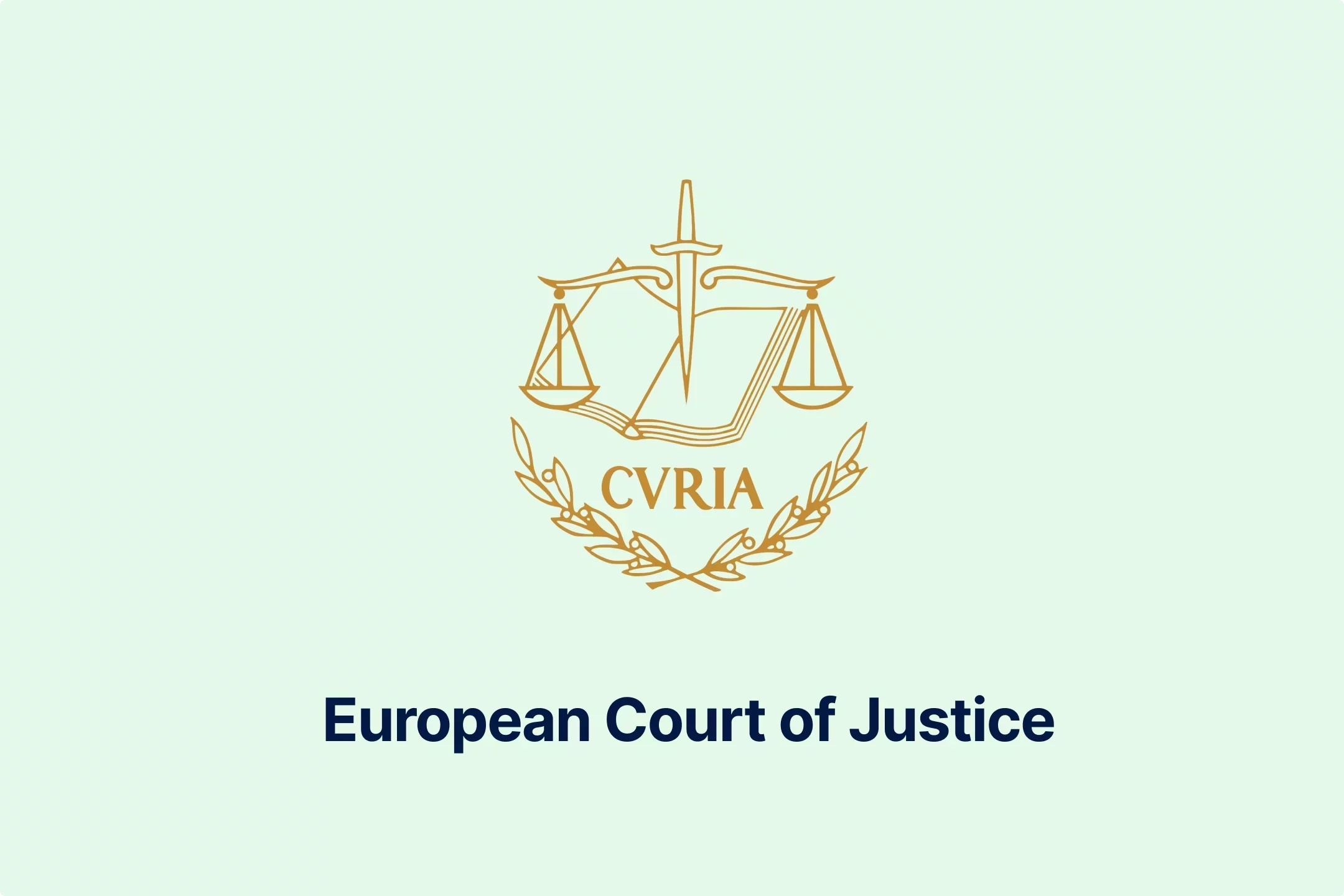
-z1d60bldtg.webp)
-d1a0q6n7mp.webp)
-viip8nvoeh.webp)
-bvv1otliox.webp)

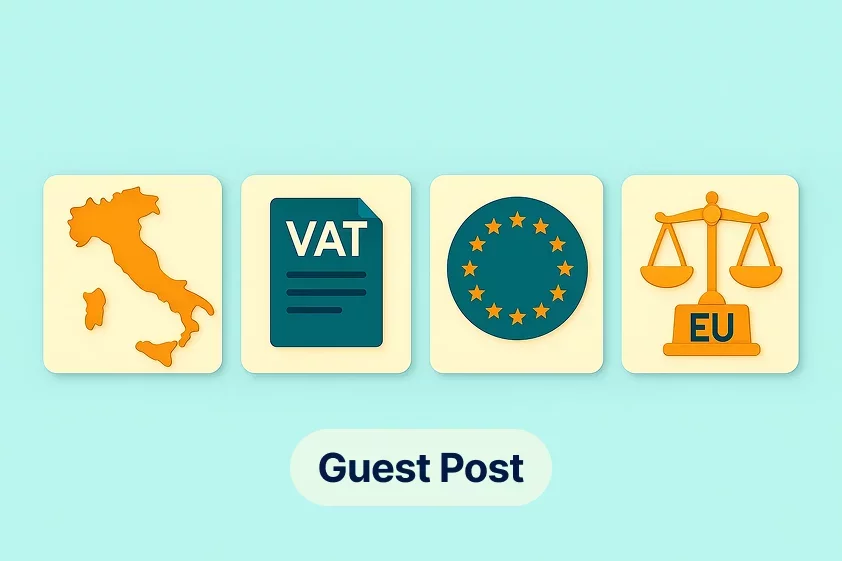
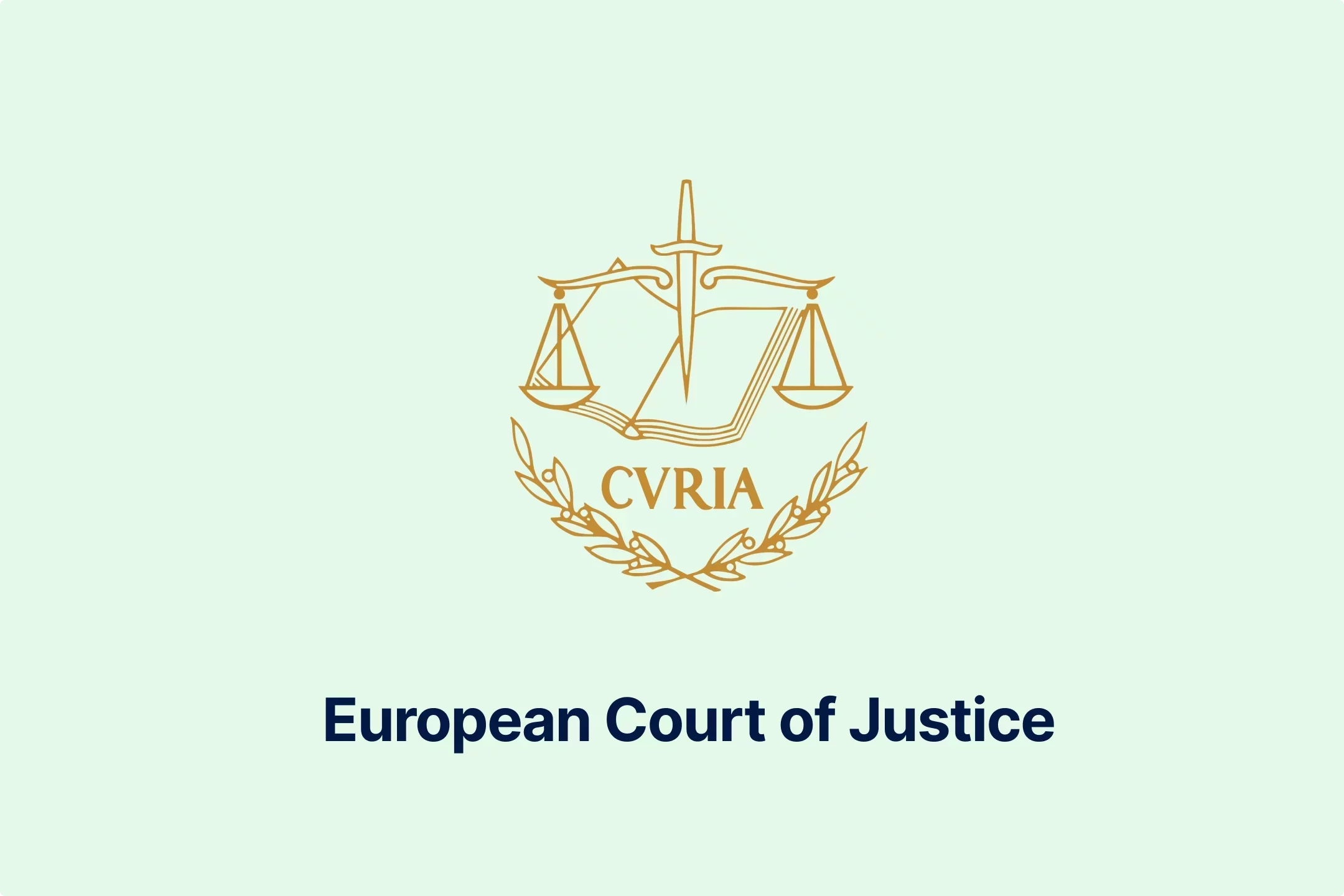
-de8hdb1bn3.webp)
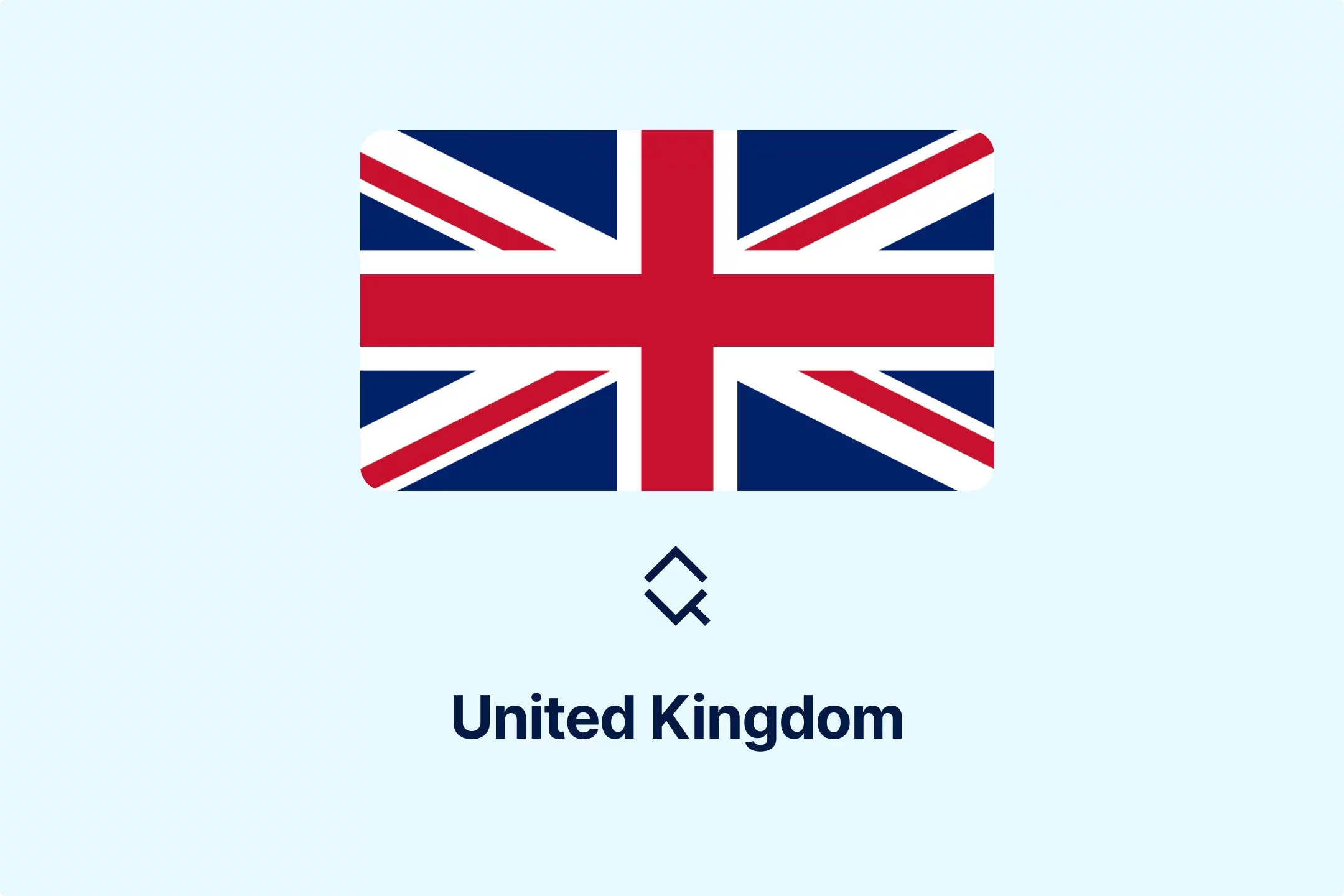
-cm0opezg73.webp)
-0tovsdupmi.webp)
-subxdamdj6.webp)
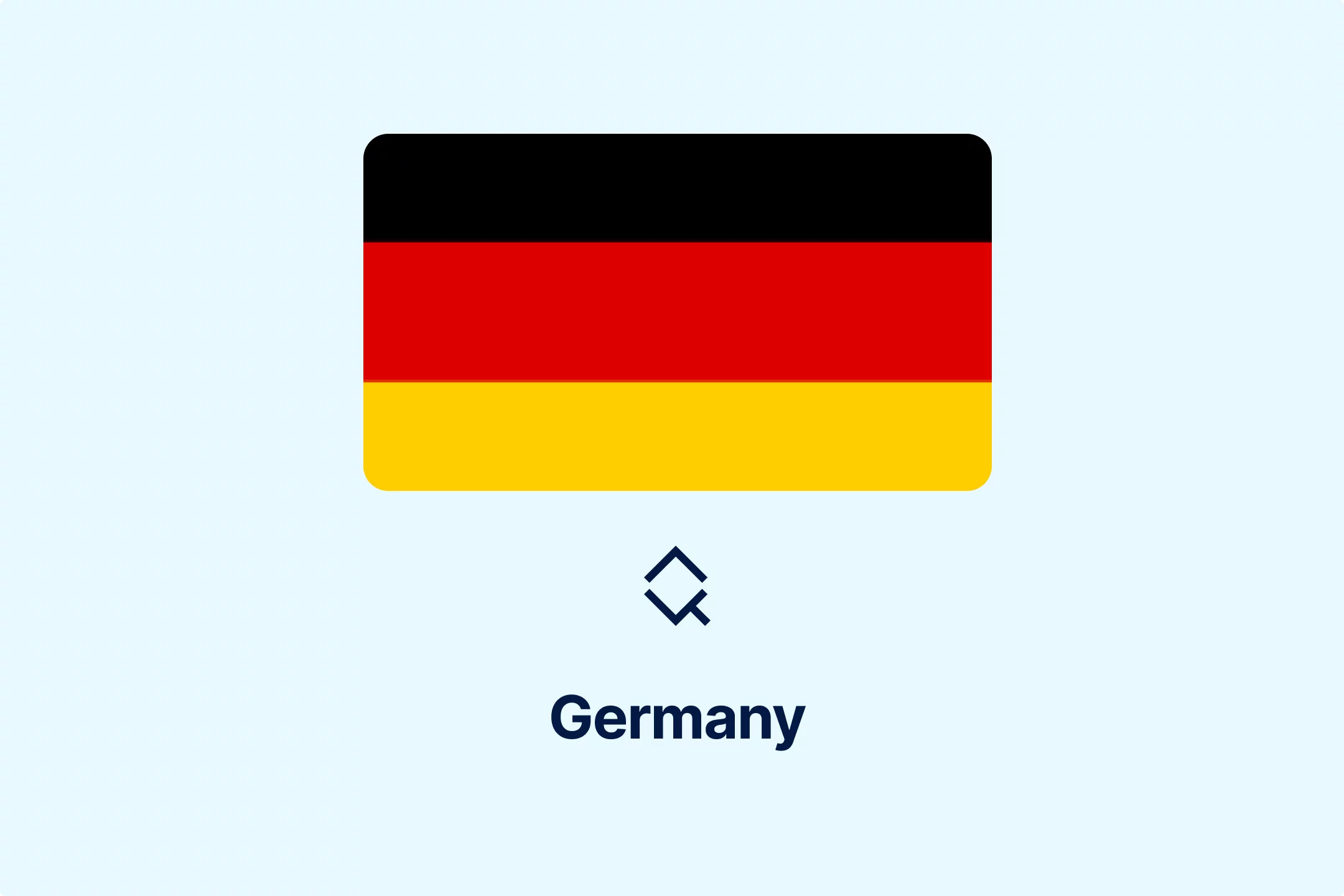
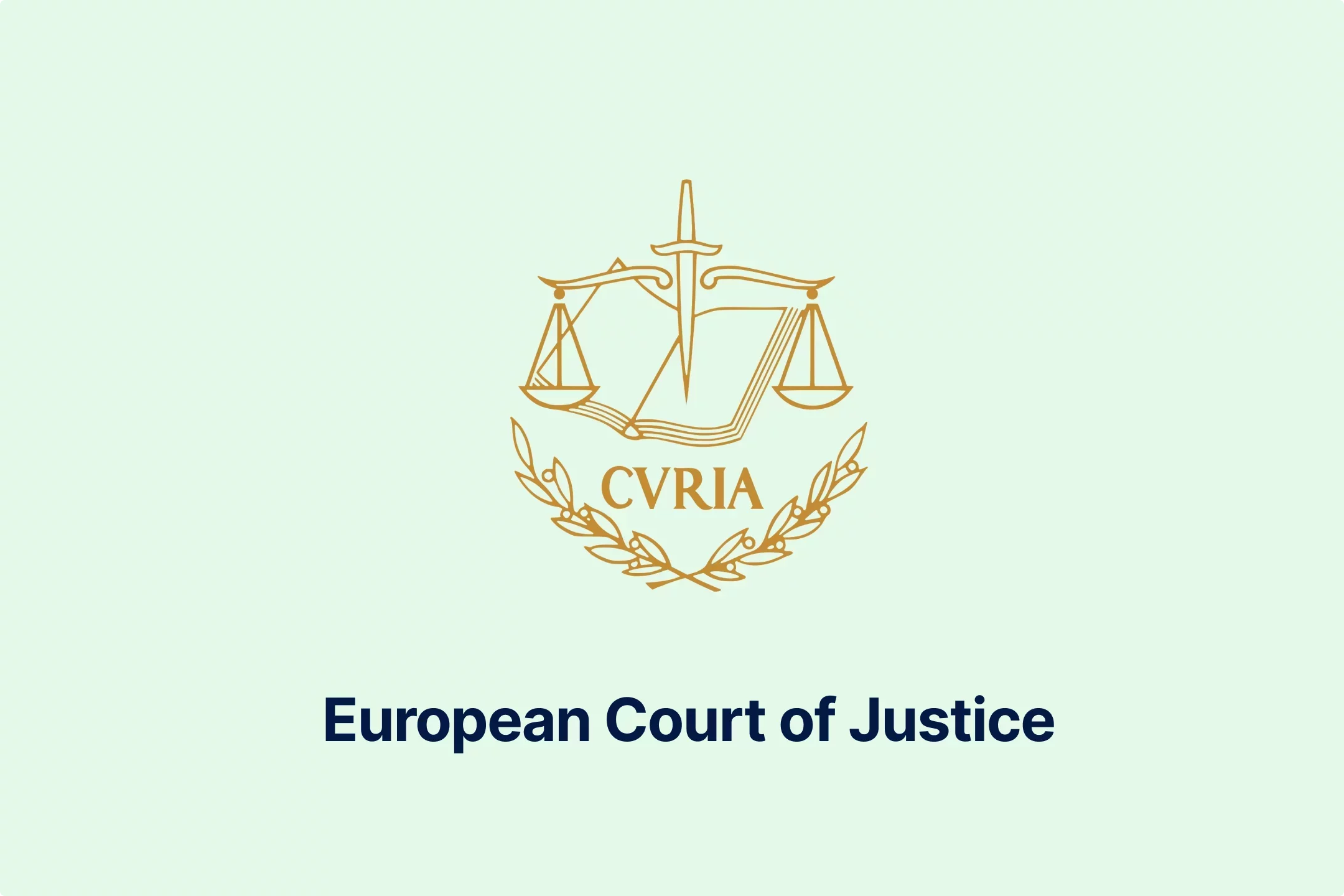
-gly6ablwnh.webp)
-gkduqhwbzh.webp)
-qpe1ld9vcj.webp)
-8noukwsmba.webp)
-aka29tuhkt.webp)


-fisvs27yrp.webp)


-mp0jakanyb.webp)

-aivzsuryuq.webp)



-o7f4ogsy06.webp)

-zjja92wdje.webp)
-hrbhdts8ry.webp)
-qtdkwpgkug.webp)


-cf8ccgah0p.webp)
-0em3cif5s6.webp)





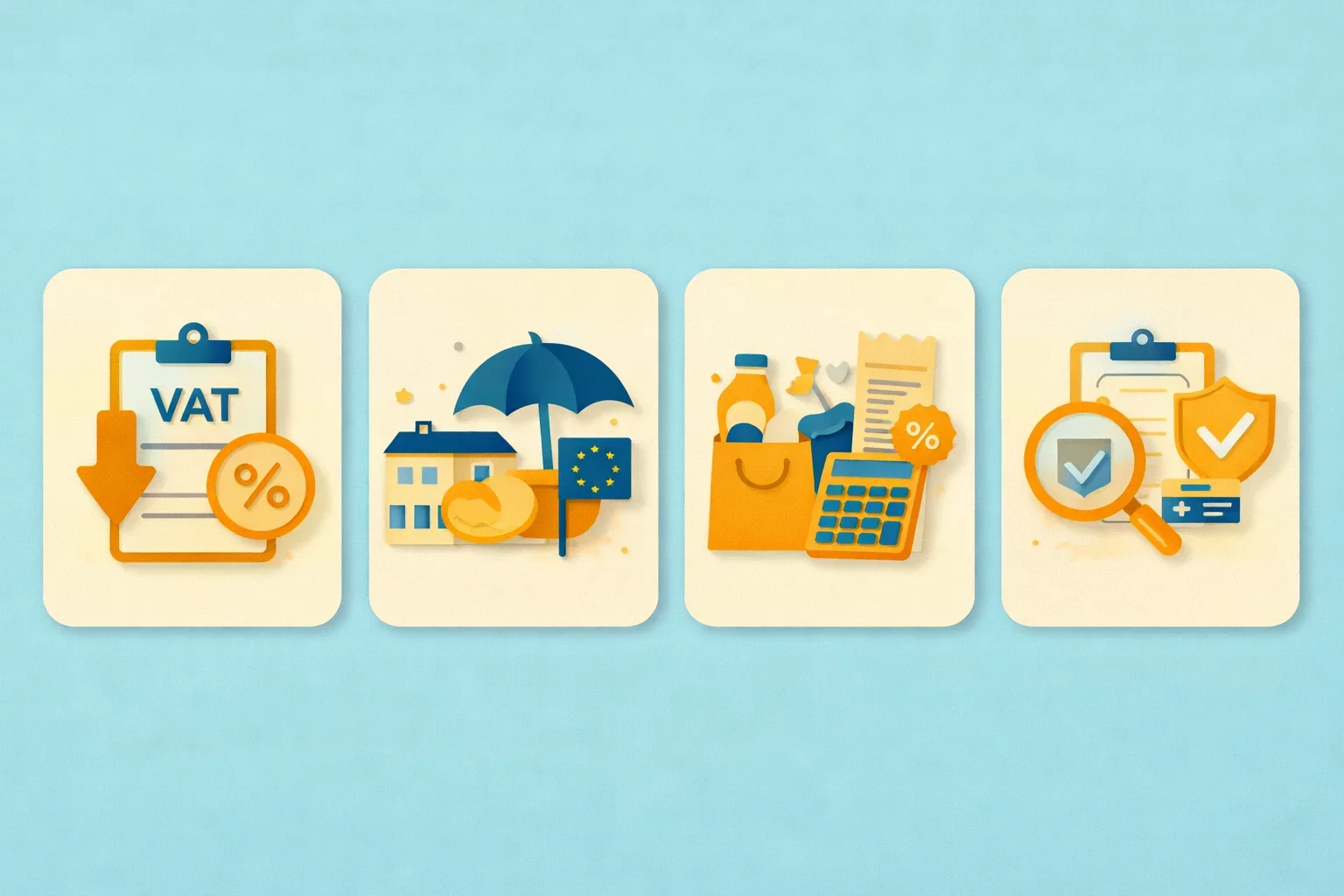
-ptzesl0kij.webp)

-tfzv42pyms.webp)
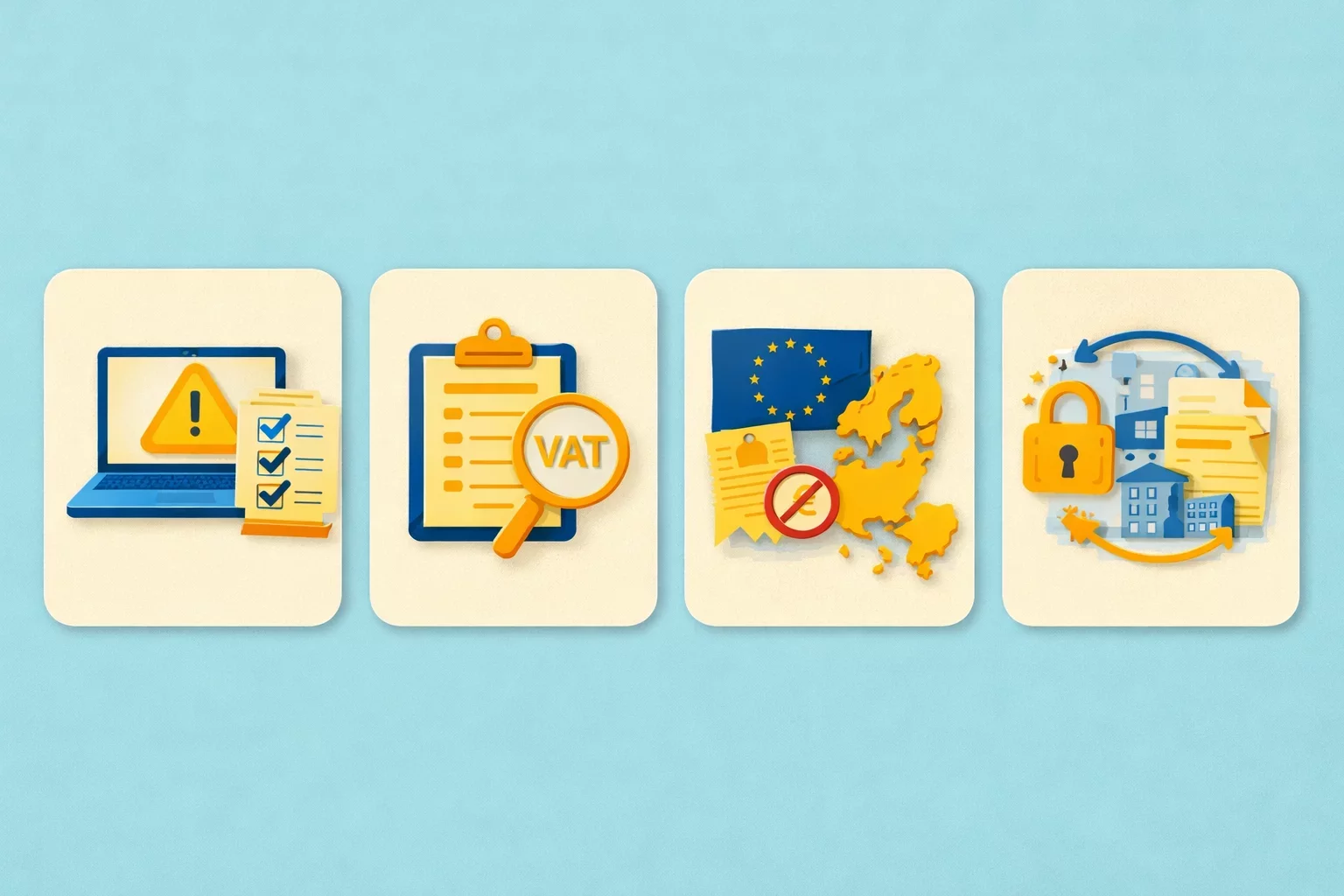






-uodv7sfbih.webp)
-bbrdfmm9qf.webp)



-m2tl8crfqr.webp)




-1awbqjgpjs.webp)
-avbjsn1k1g.webp)


-0h8ohkx6s0.webp)


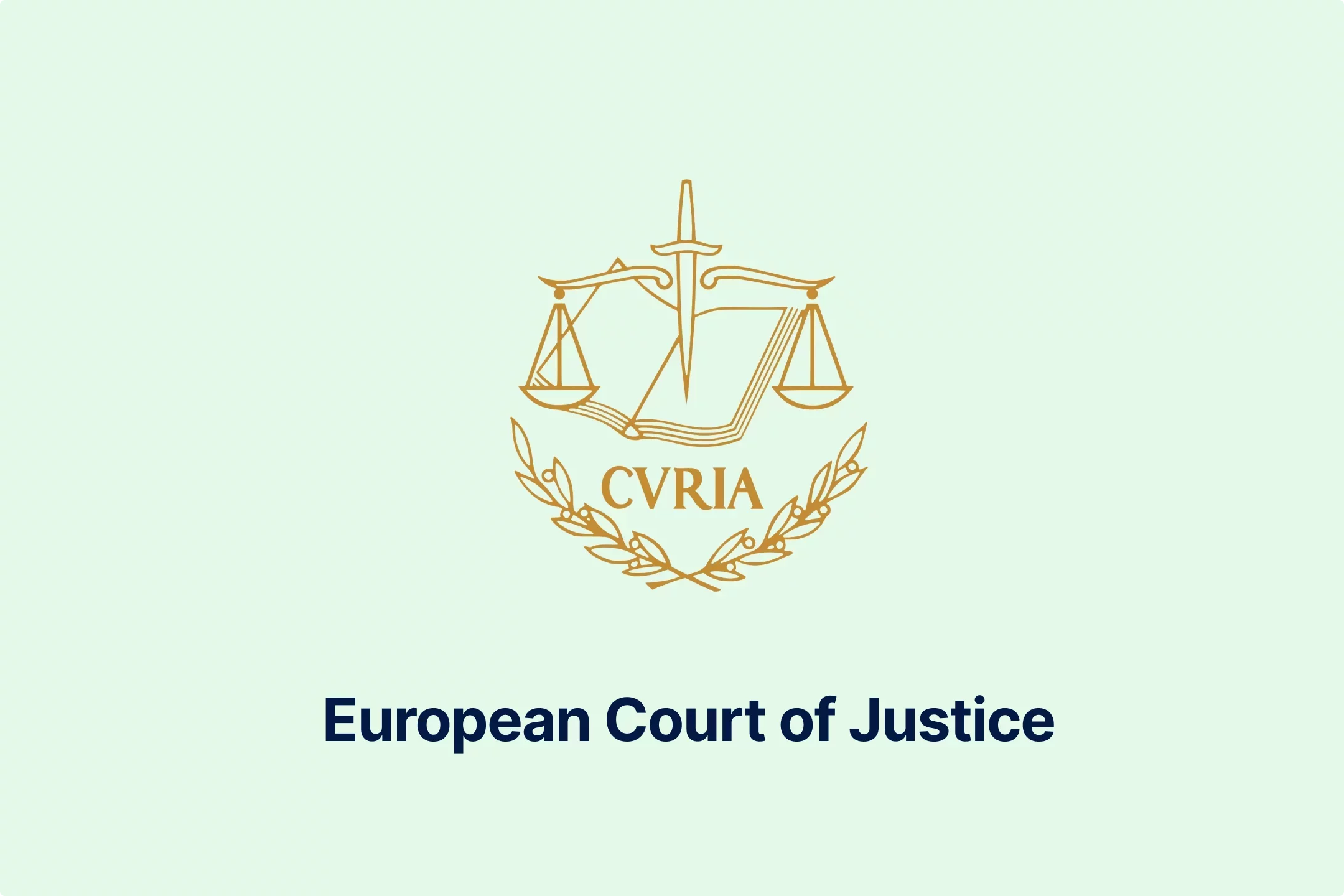
-wfmqhtc7i6.webp)
-7wljbof2zo.webp)

-eqt97uyekl.webp)
-wzw9mcf563.webp)

-z4oxr6i0zd.webp)




-fhtic1pwml.webp)

-iipdguuz9p.webp)
-nkhhwrnggm.webp)
-pltqwerr3w.webp)

-nn6mtfbneq.webp)

-tmnklelfku.webp)



-8z1msbdibu.webp)
-7g16lgggrv.webp)



-lxcwgtzitc.webp)
-9mc55kqwtx.webp)


-xla7j3cxwz.webp)
-jrdryw2eil.webp)





-t9qr49xs2u.webp)


-qjopq5jplv.webp)



-vune1zdqex.webp)

-rgjta7iwiv.webp)

-zb6bxxws47.webp)
-lyfjzw4okp.webp)

-ogpfmol5m1.png)


-czisebympl.png)

-zetvivc79v.png)
-ud7ylvkade.png)
-qizq6w2v5z.png)







-ihr6b4mpo1.webp)
-k1j4au0ph6.webp)
-swxxcatugi.webp)


-ig9tutqopw.webp)

-tauoa6ziym.webp)

-spr0wydvvg.webp)
-xfuognajem.webp)





-u2nv5luoqc.webp)








-opuxpan2iu.webp)




-kwttsfd8ow.webp)
-8u14qi10nj.webp)

-wjpr96aq5g.webp)

.png)

.png)


.png)


.png)



.png)
.png)
.png)
.png)
.png)

.png)
.png)




.png)
.png)



































































































































